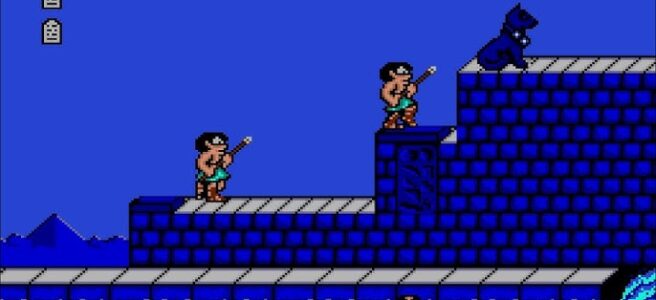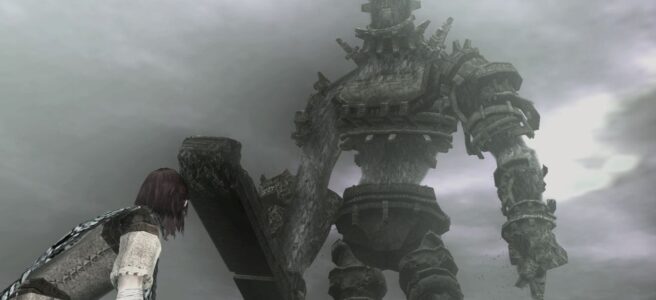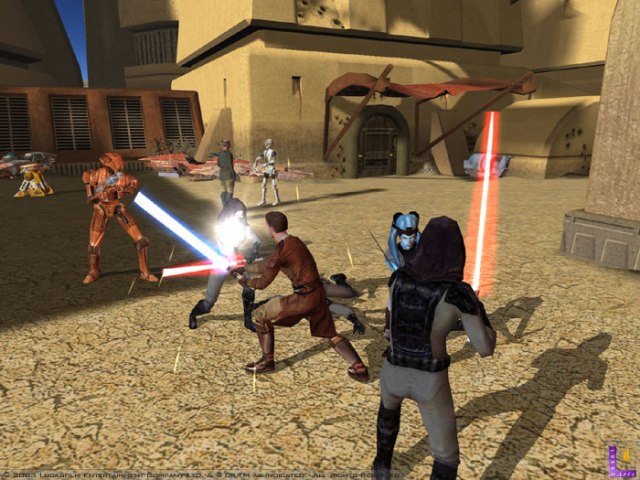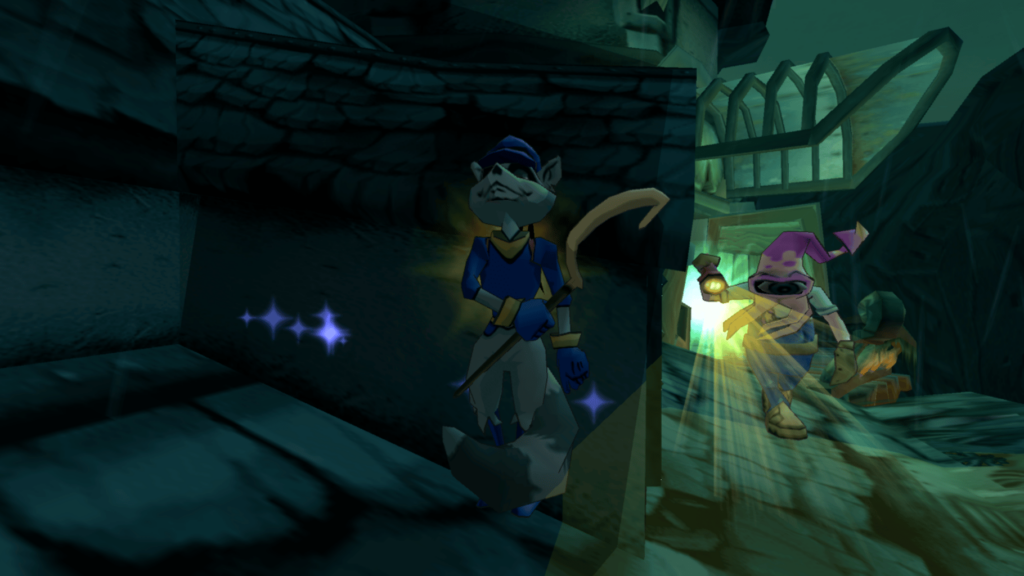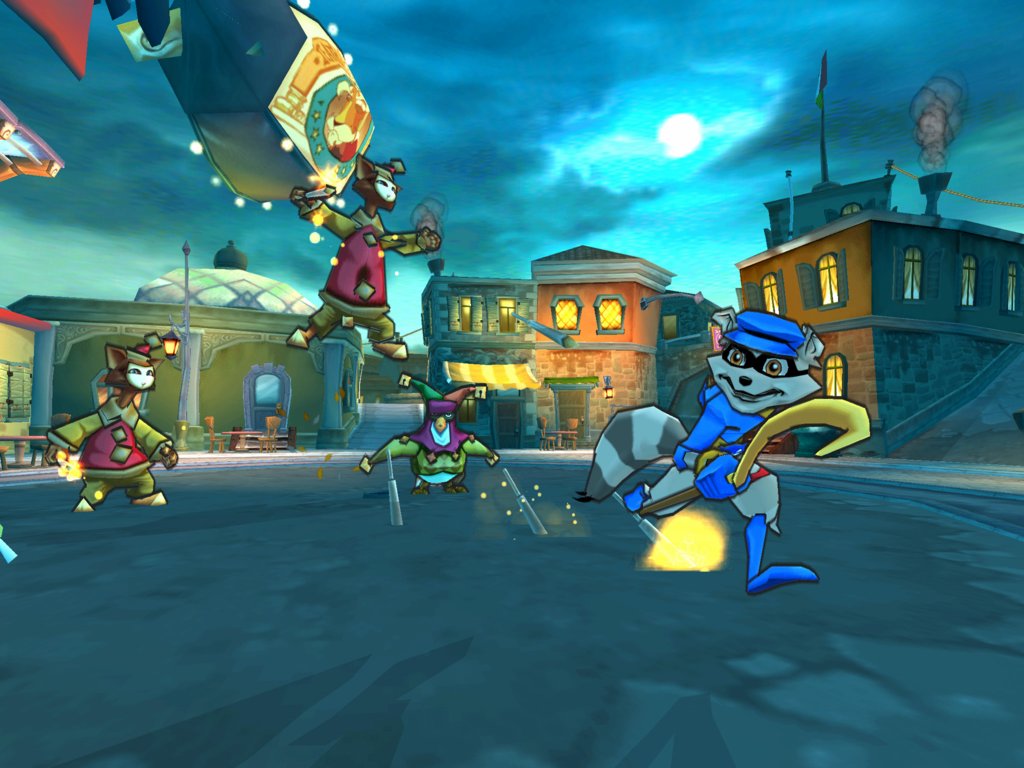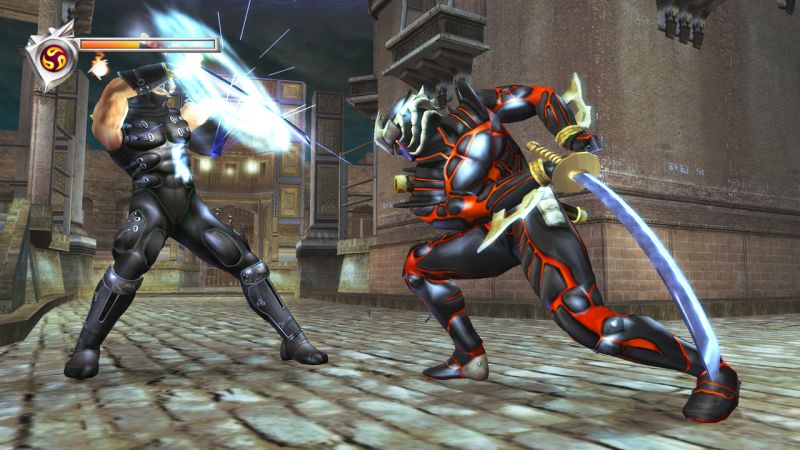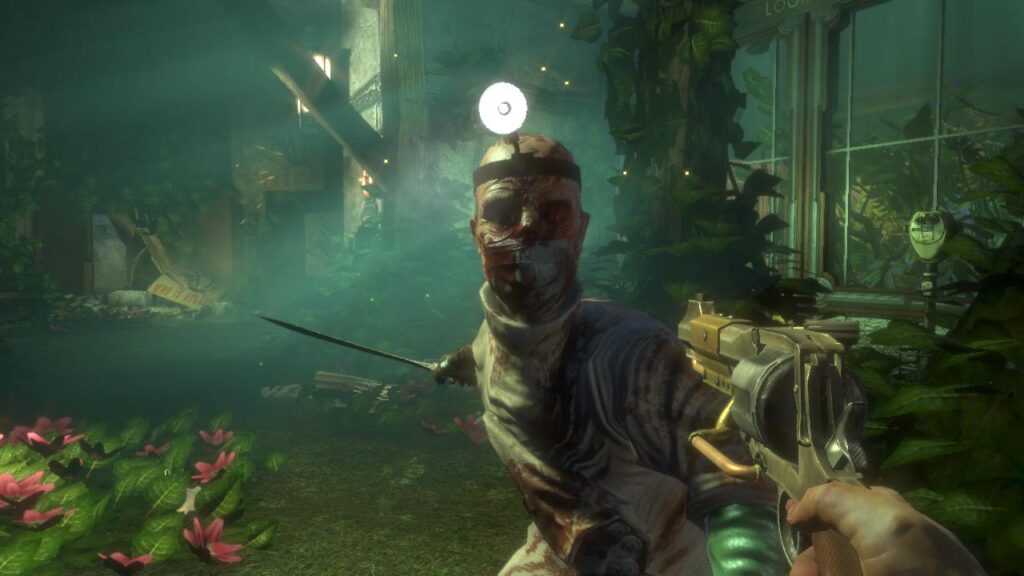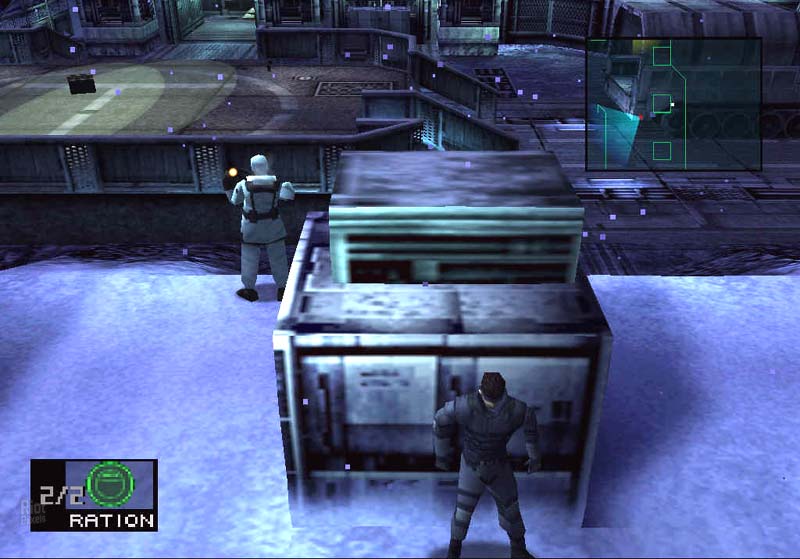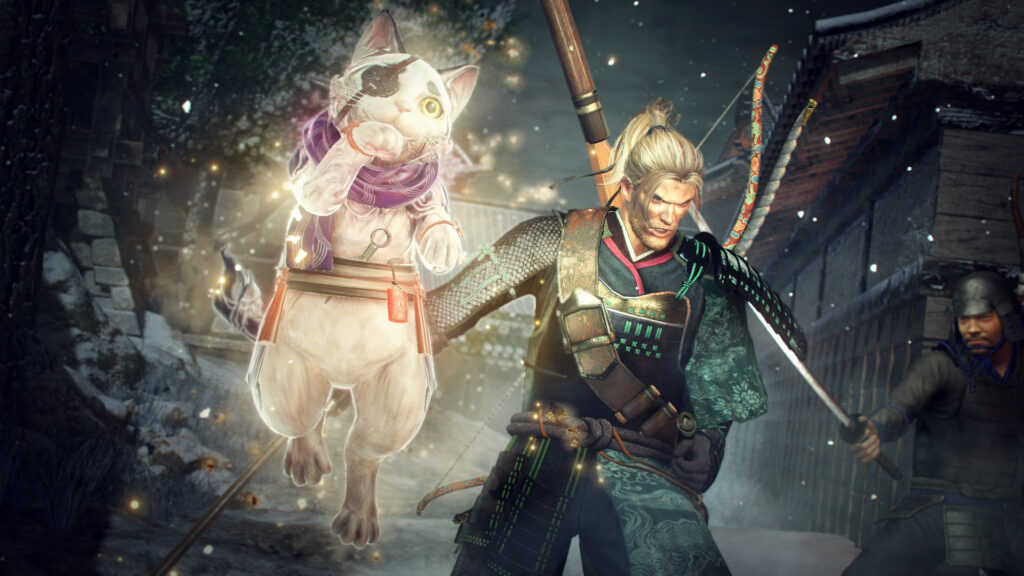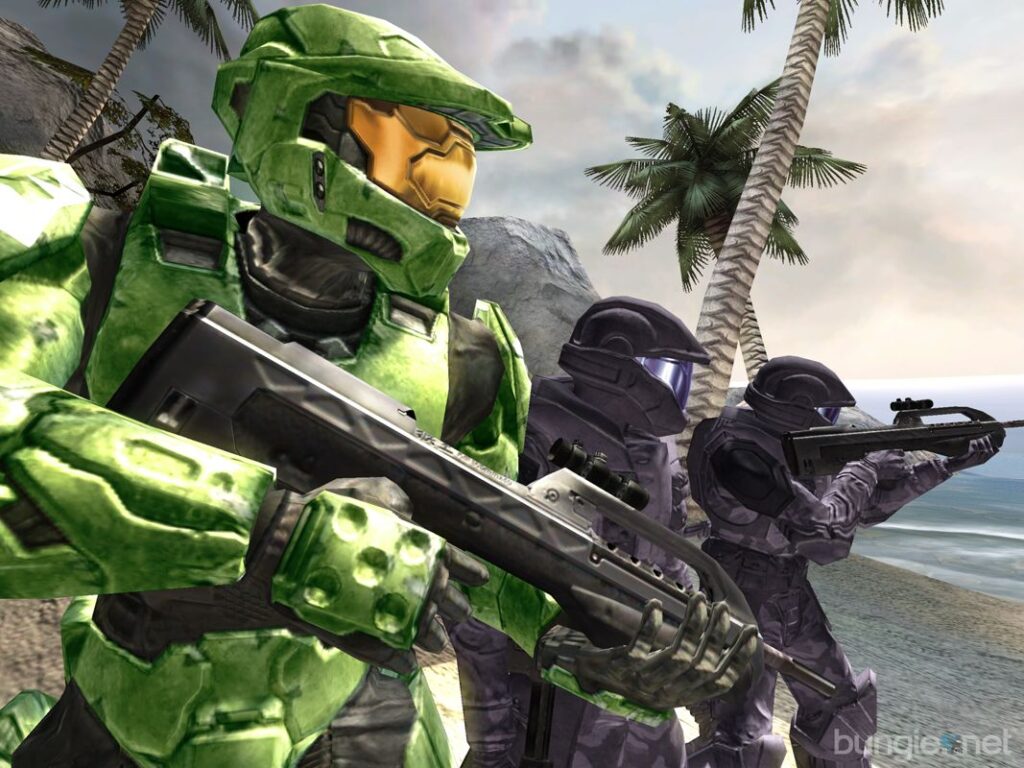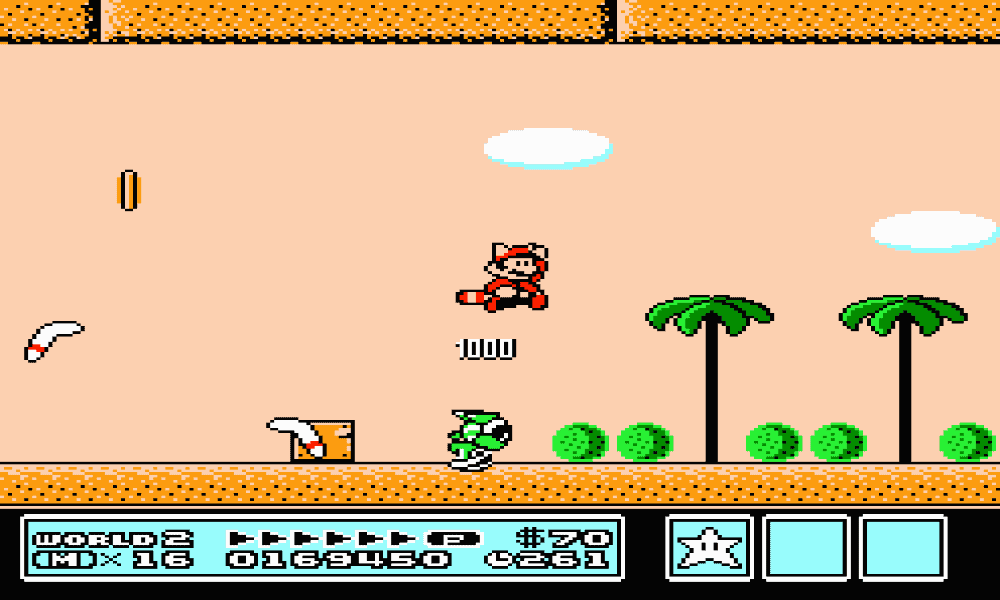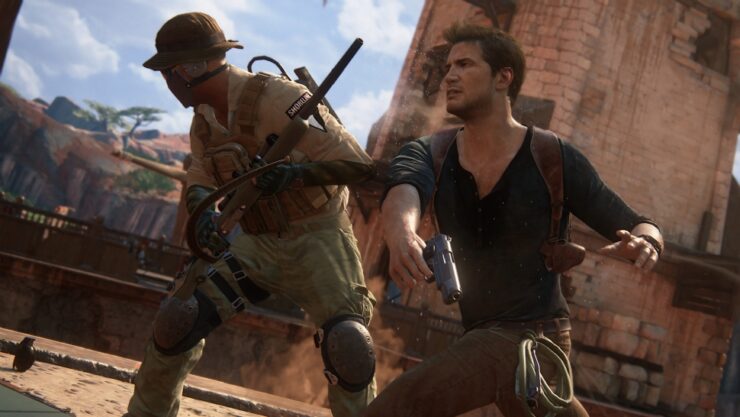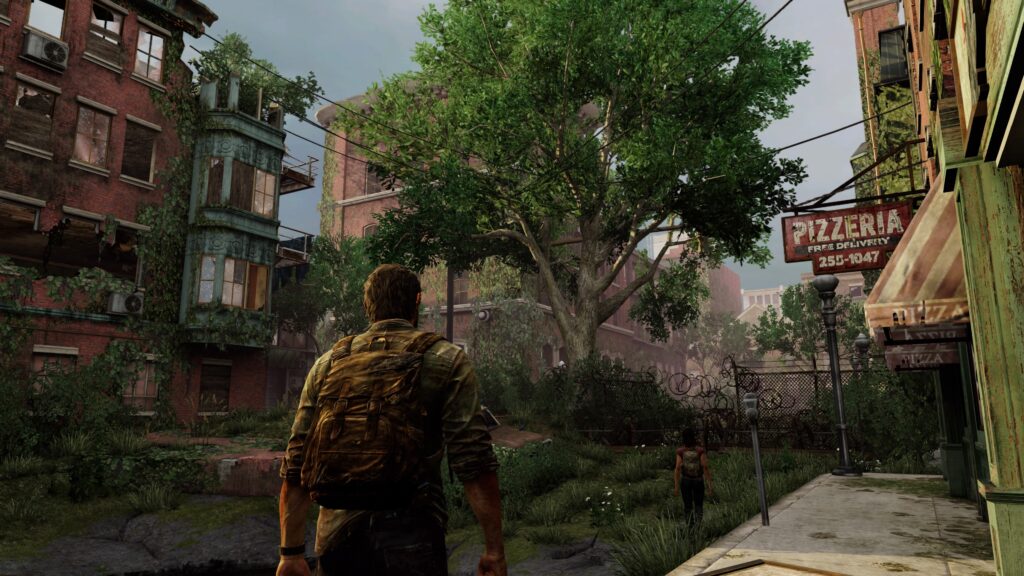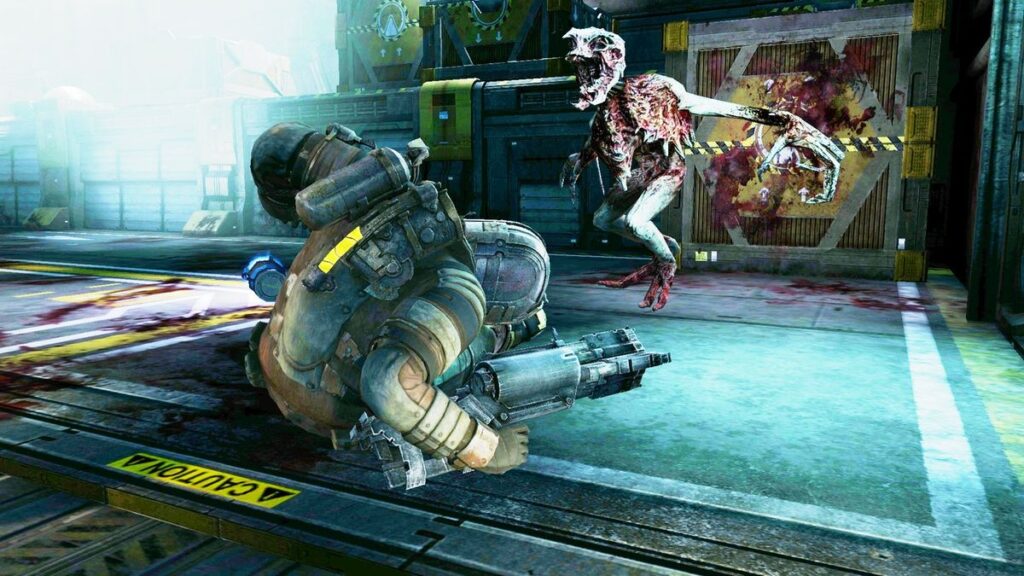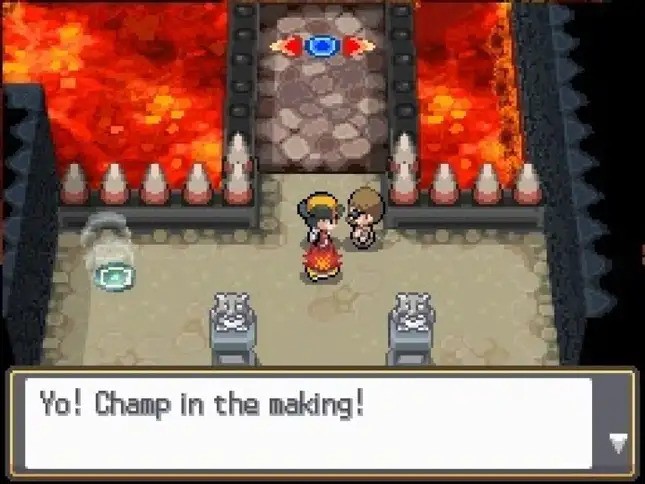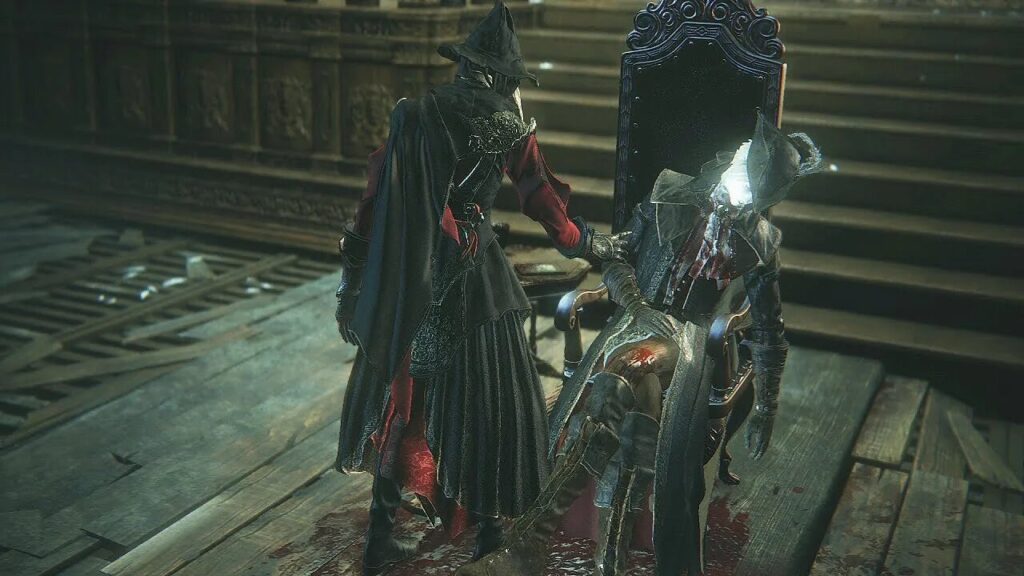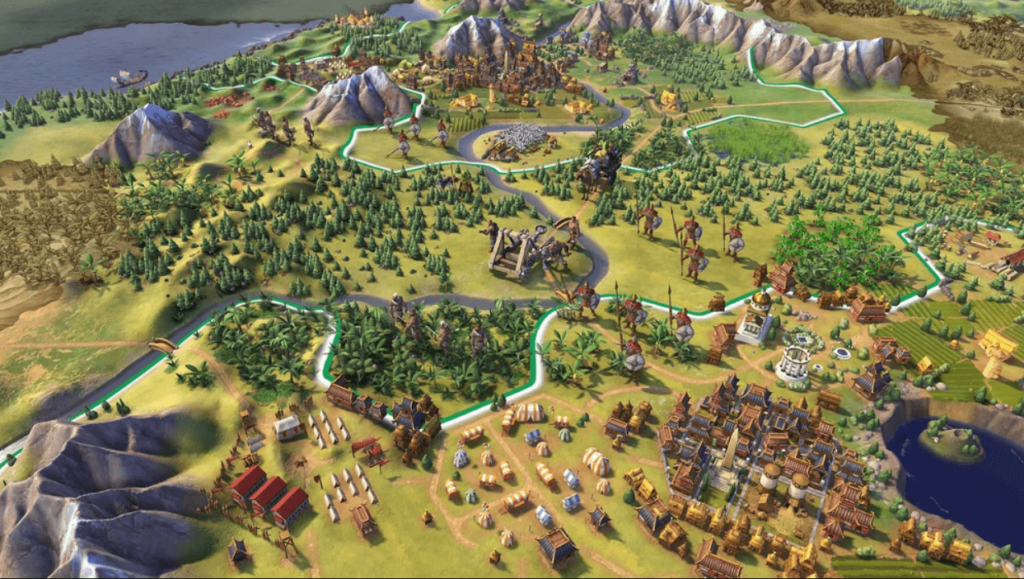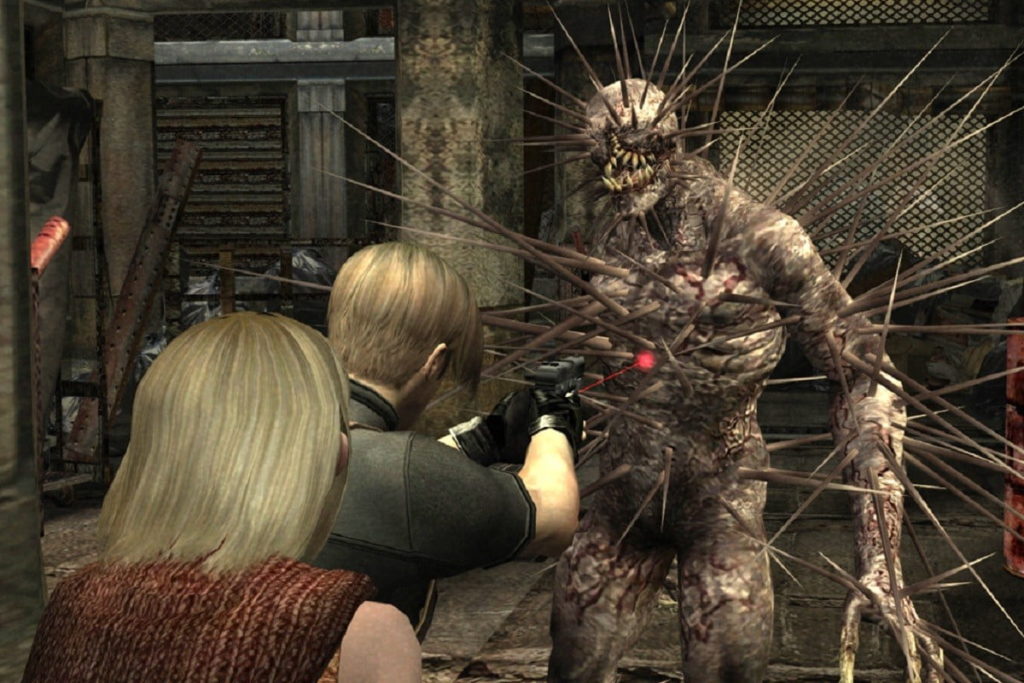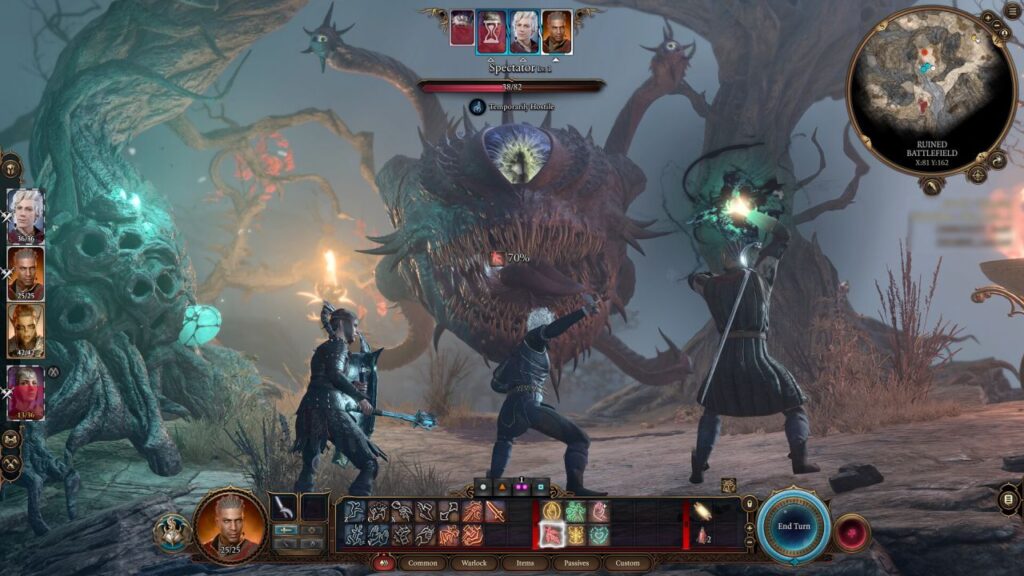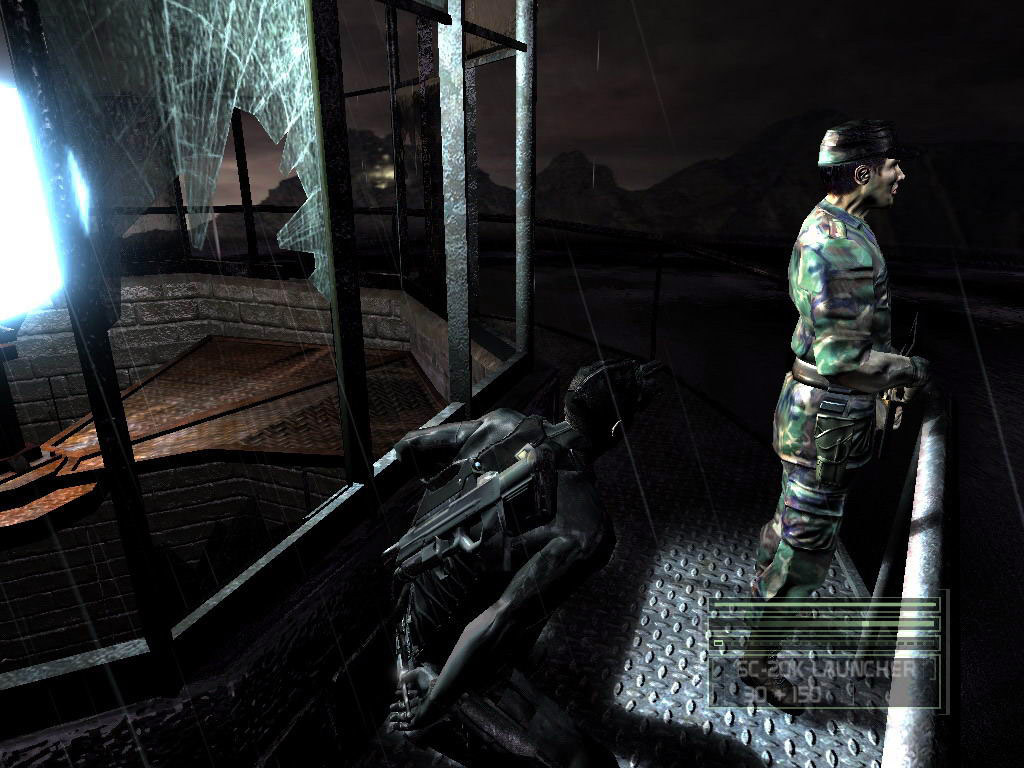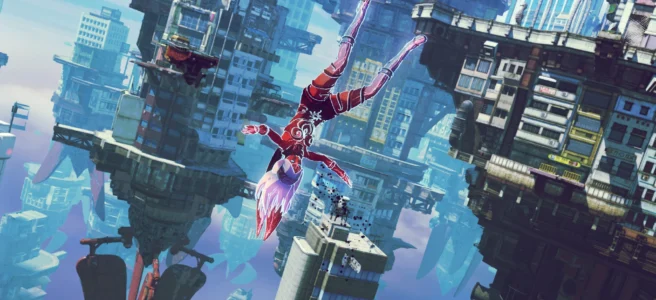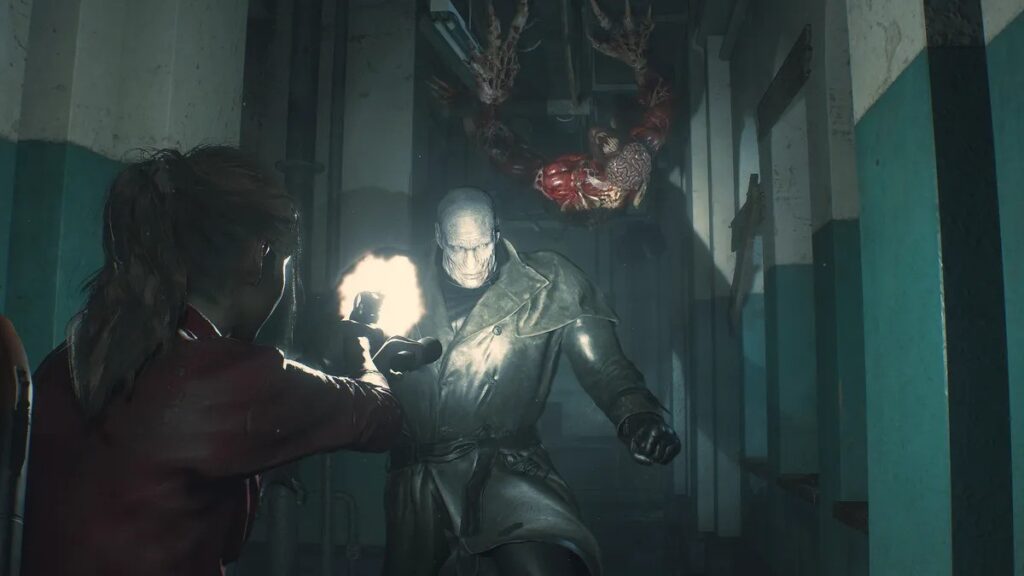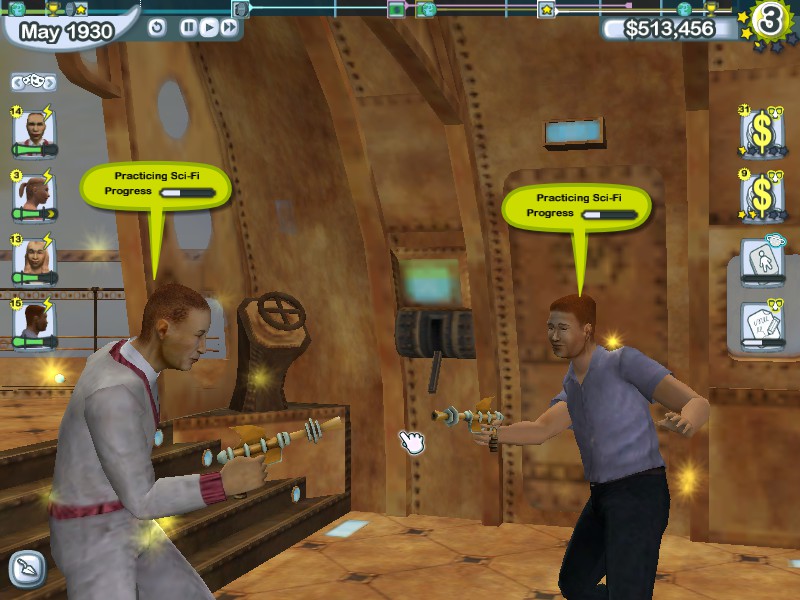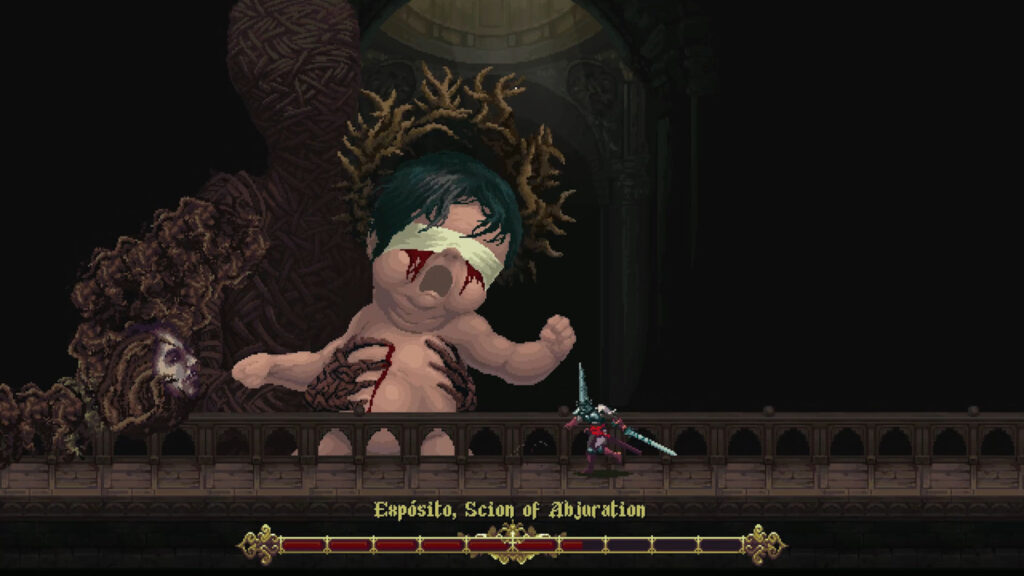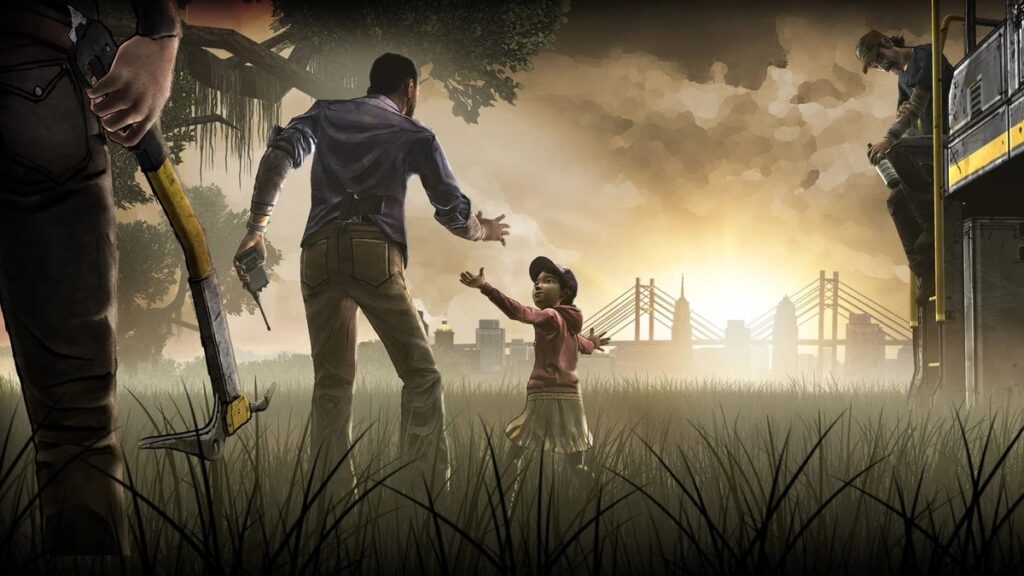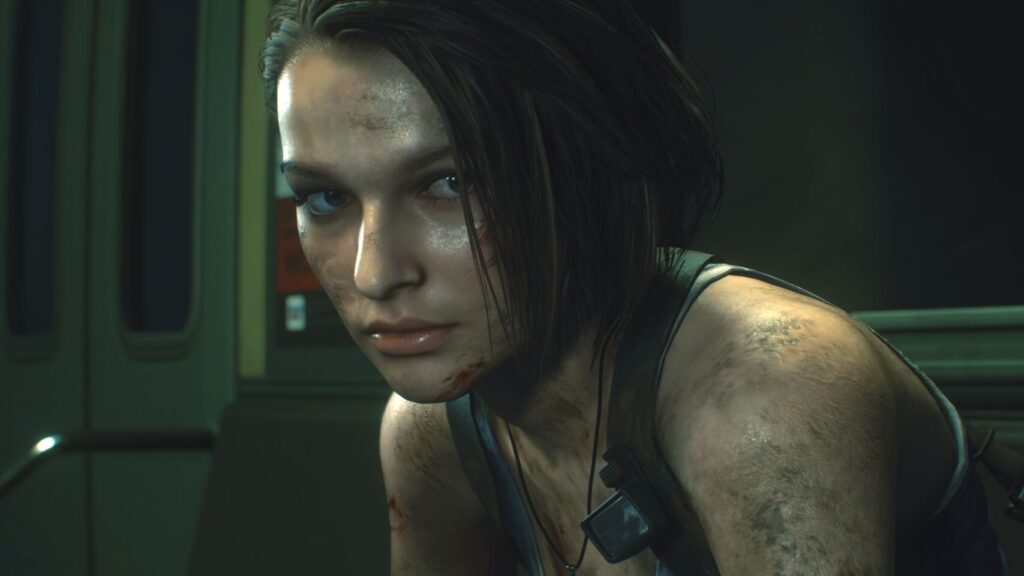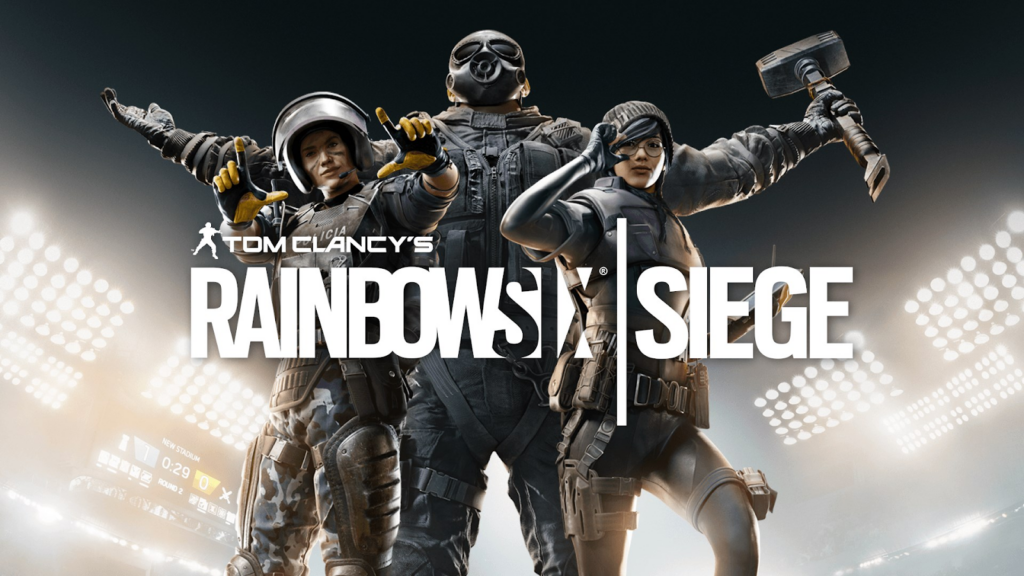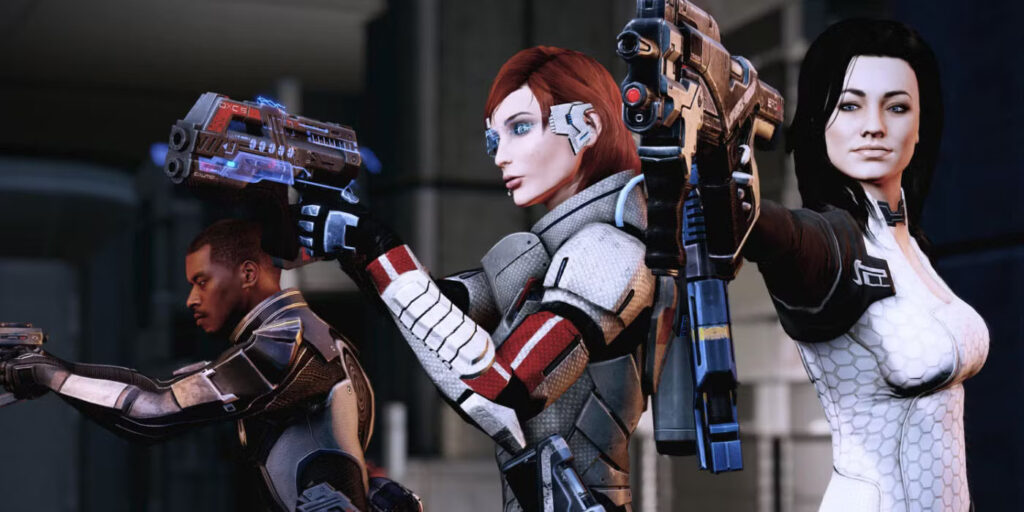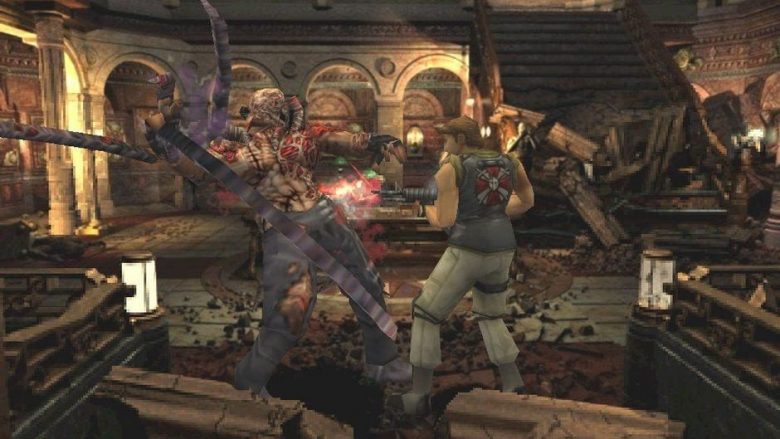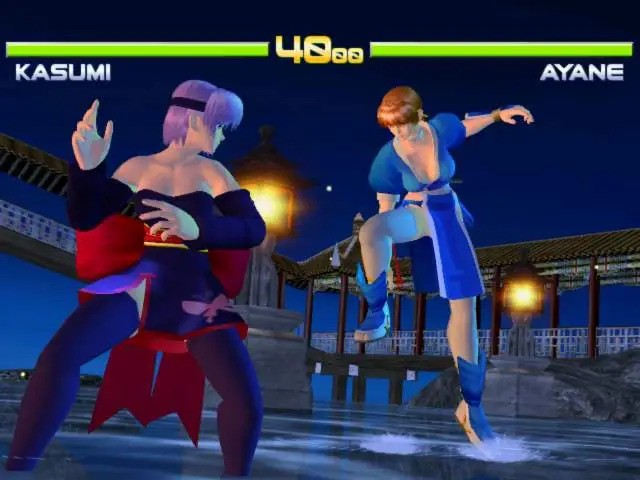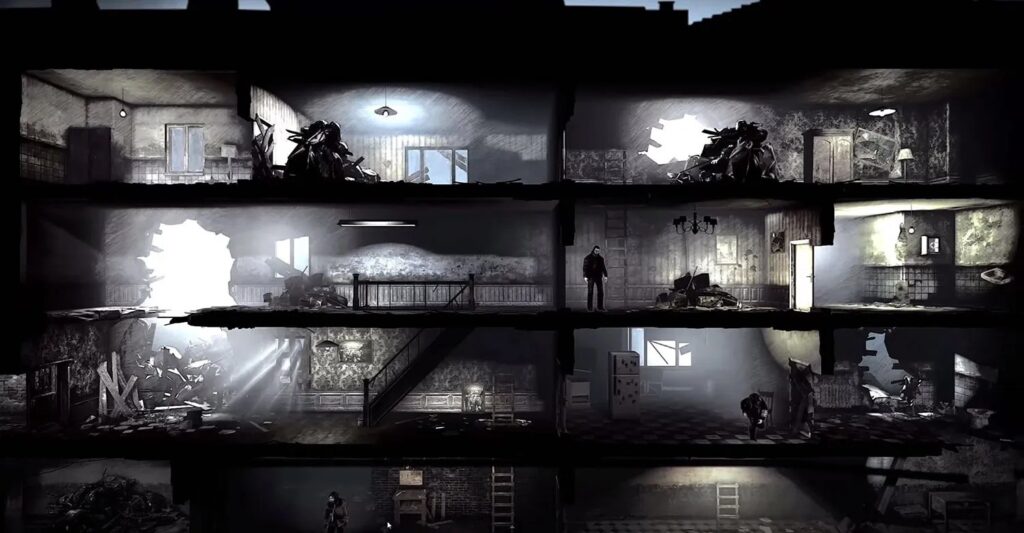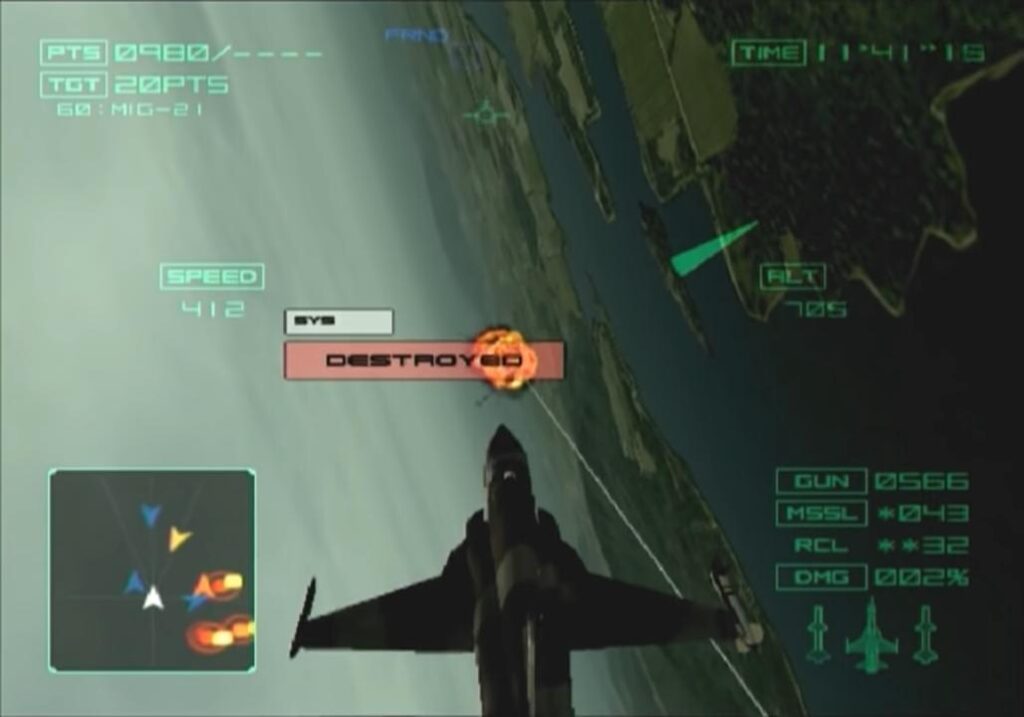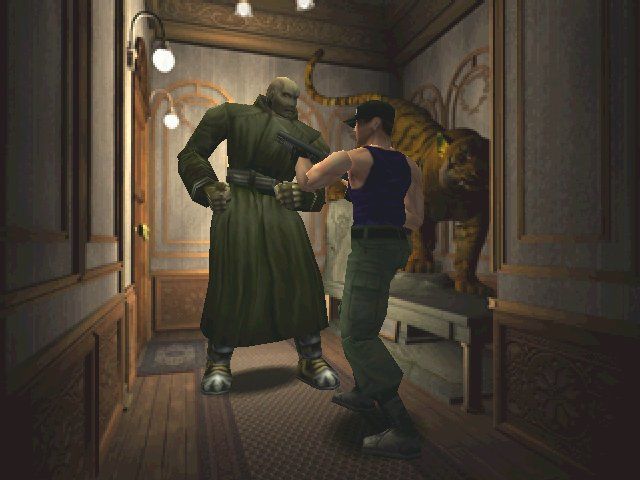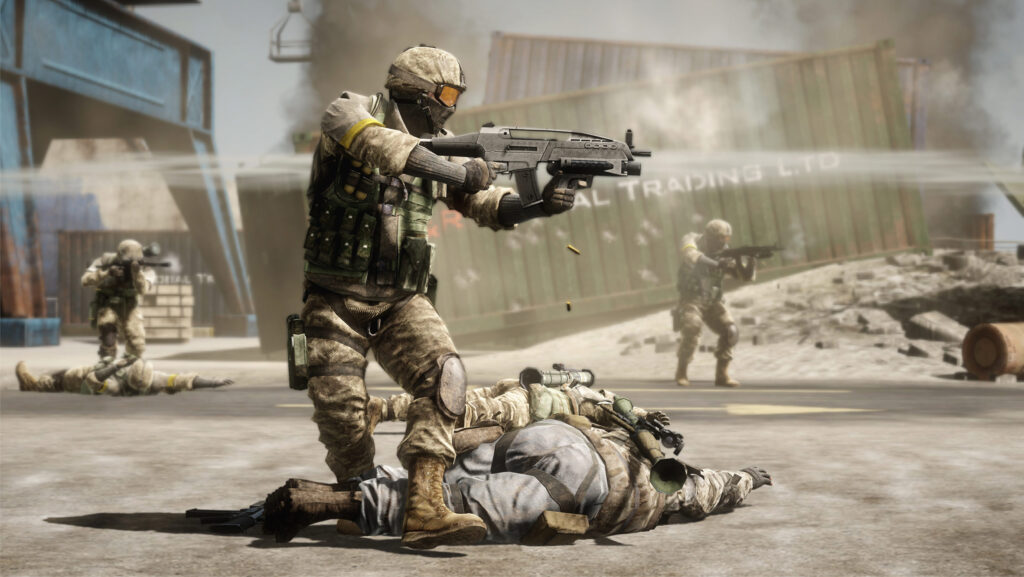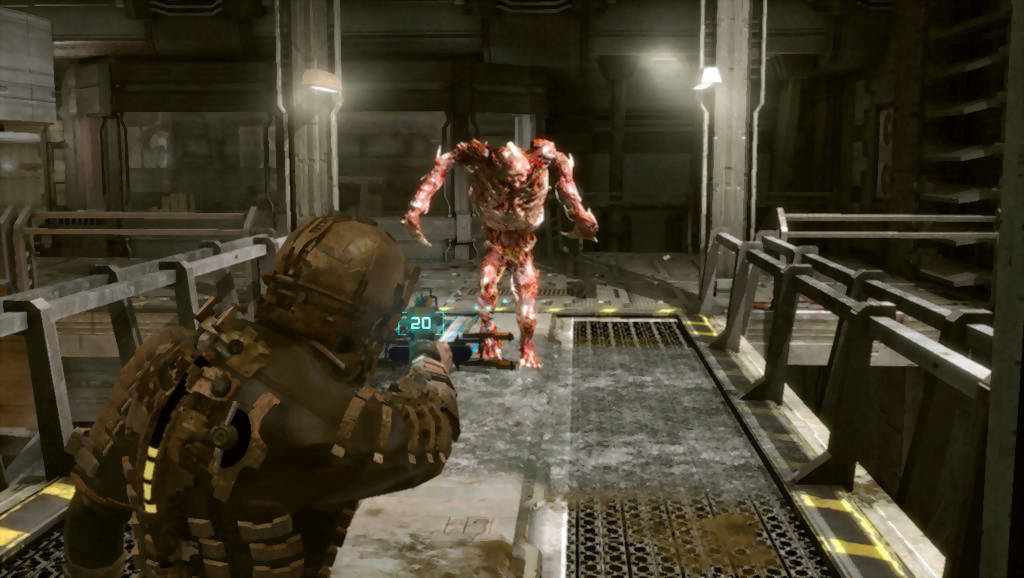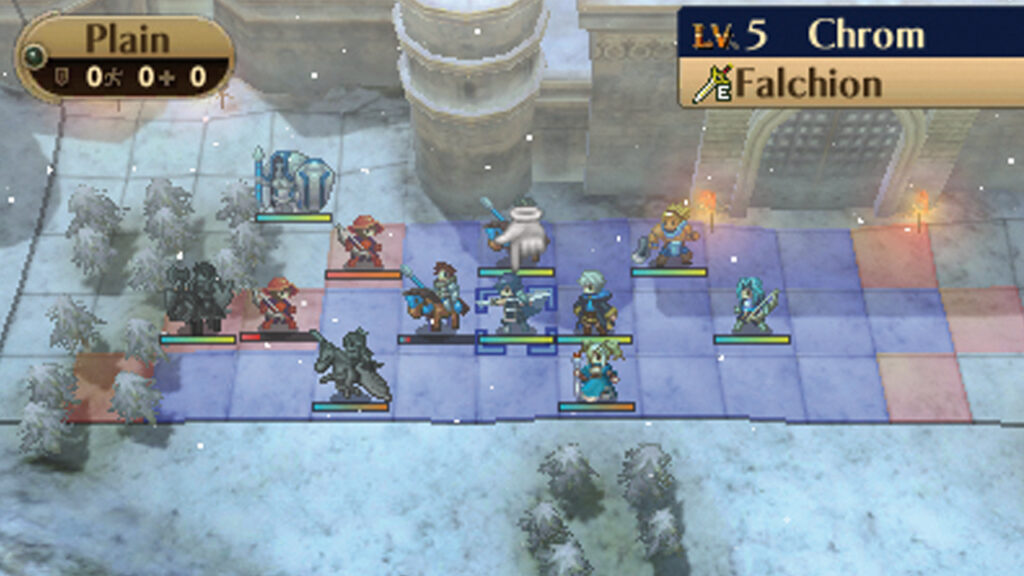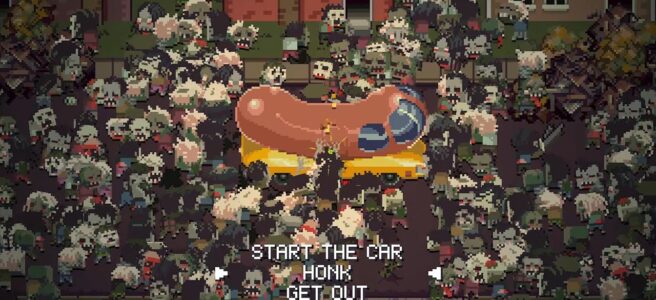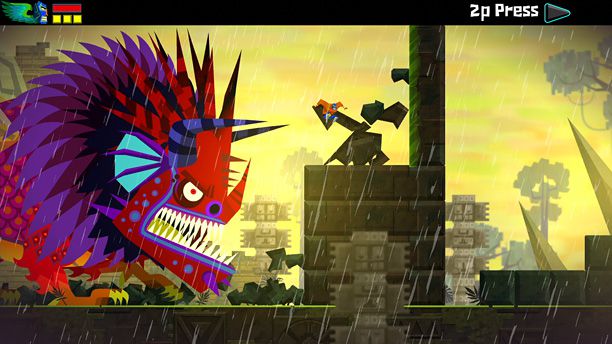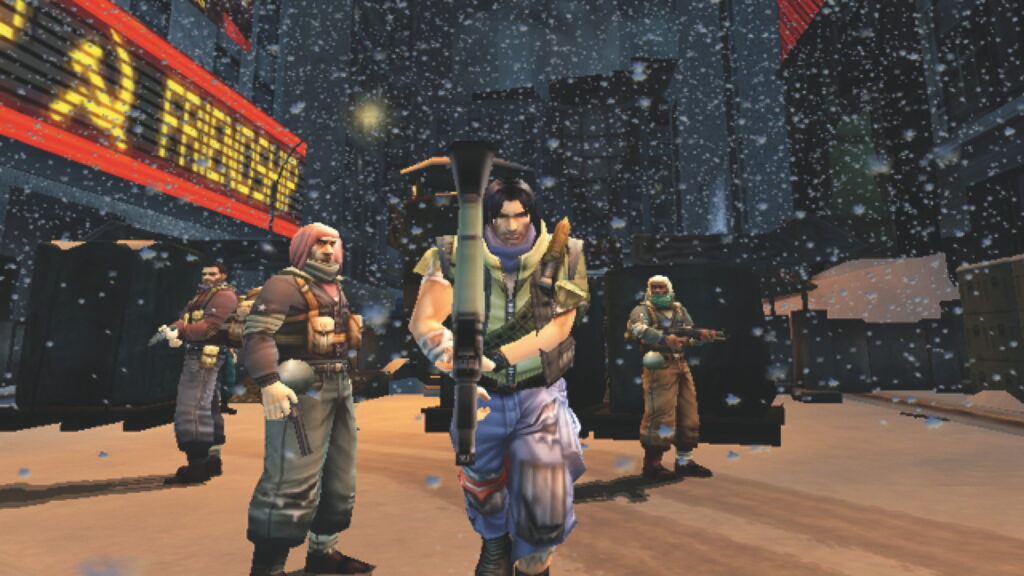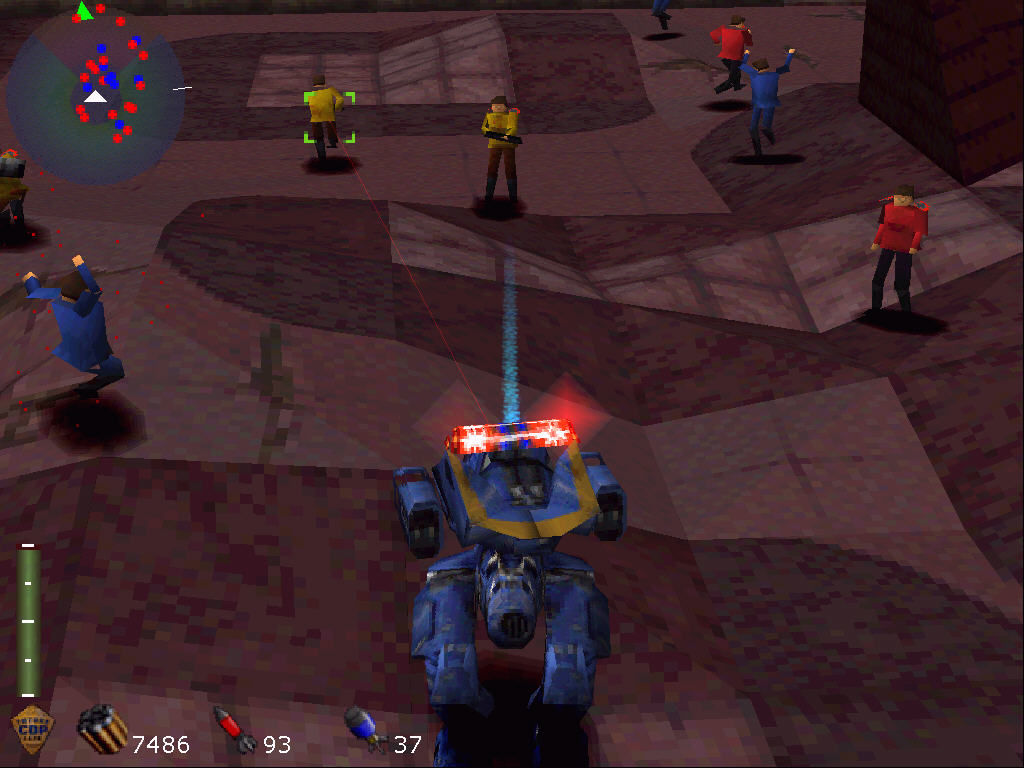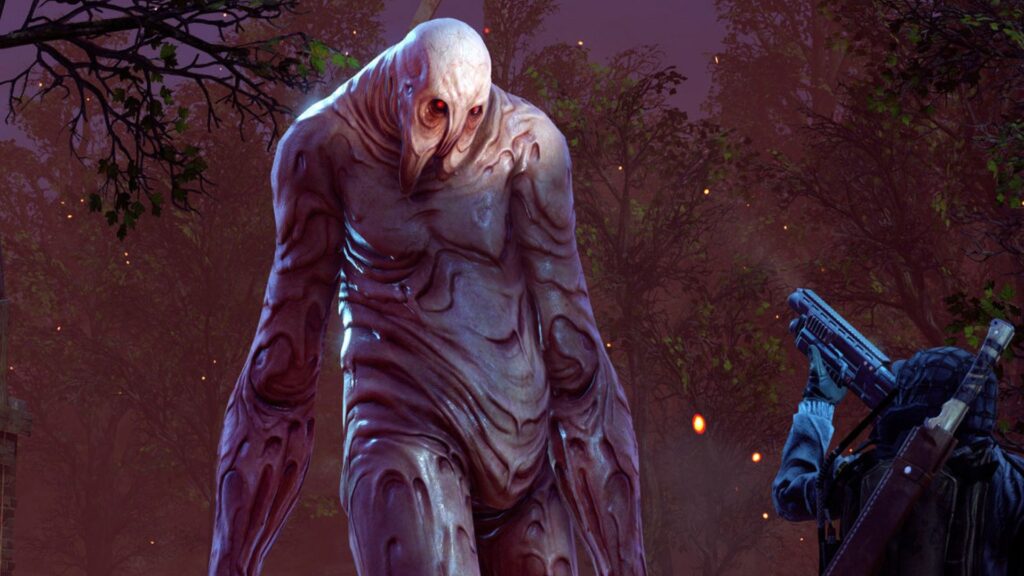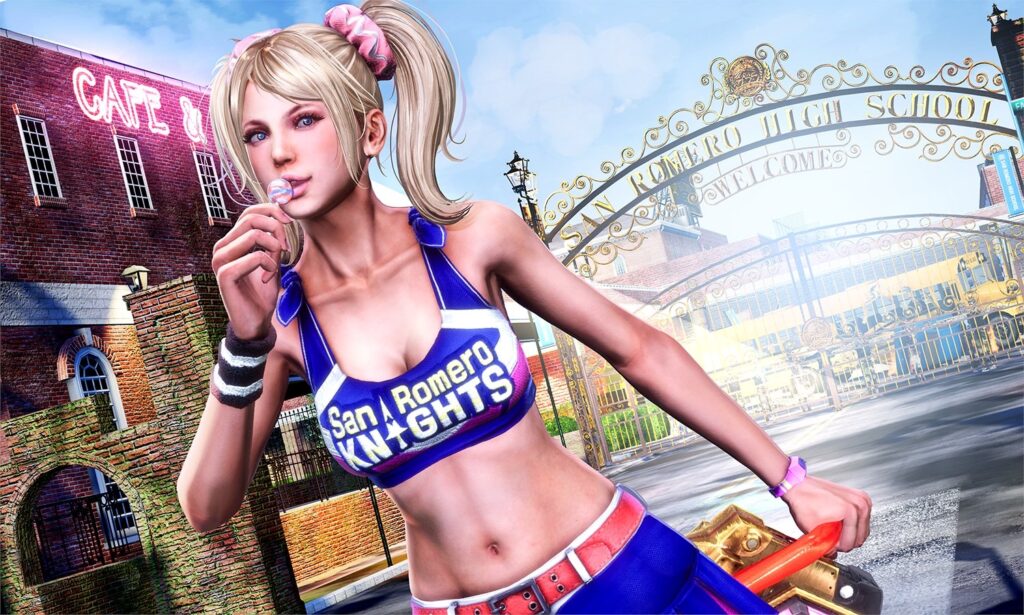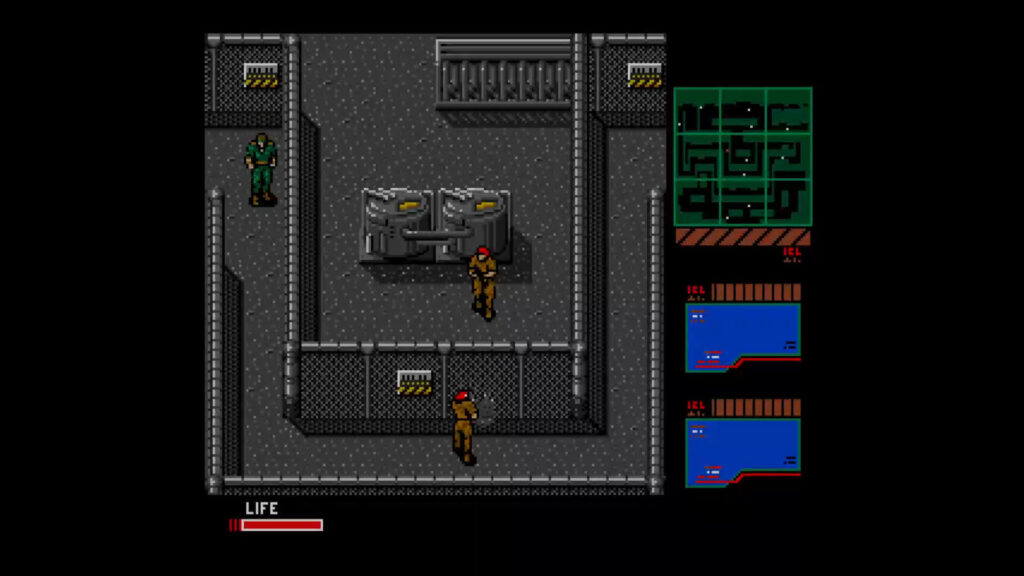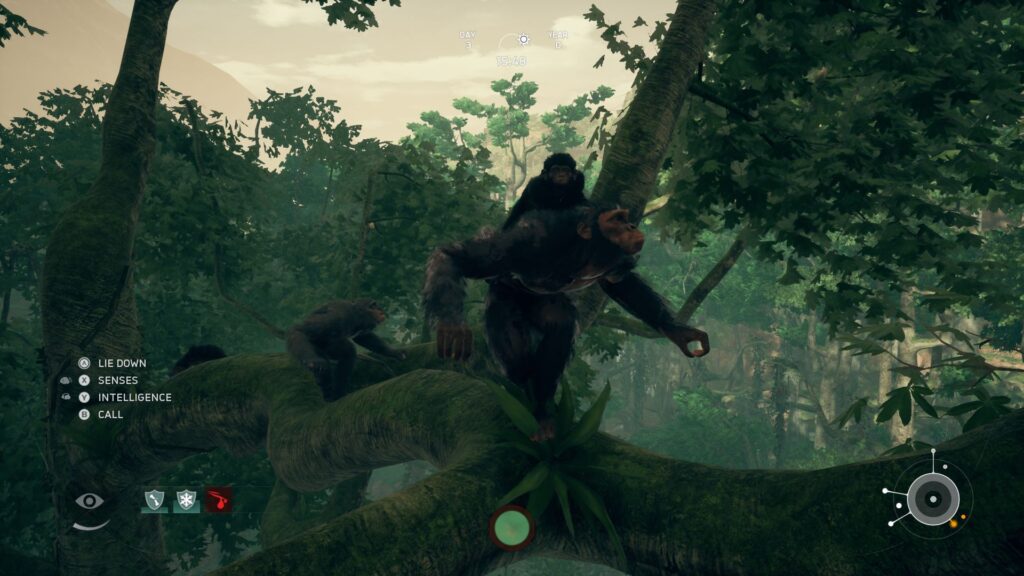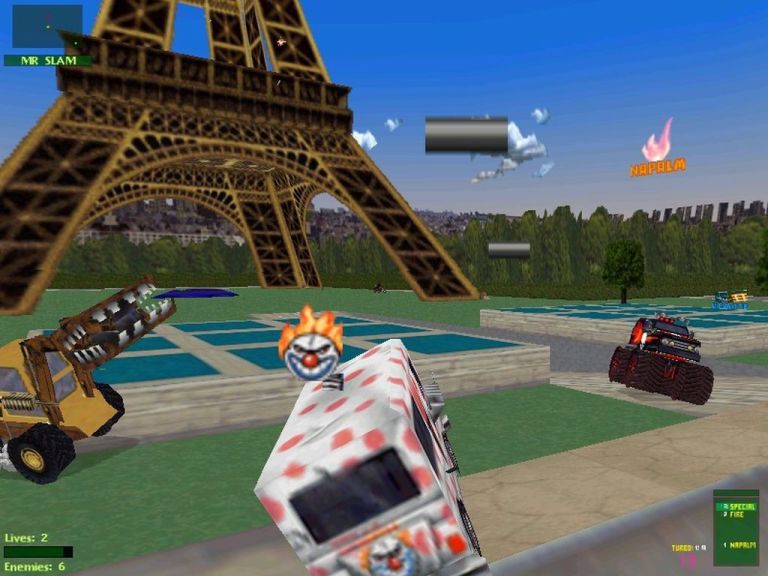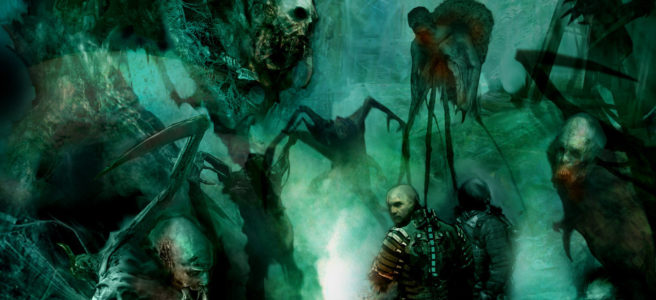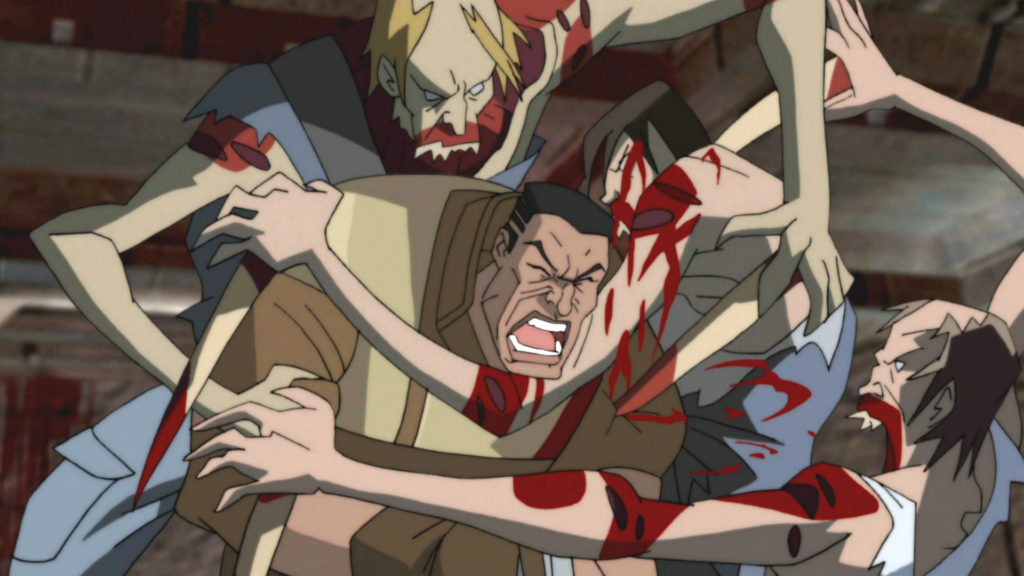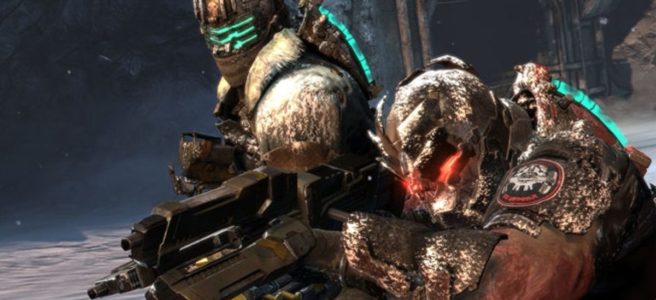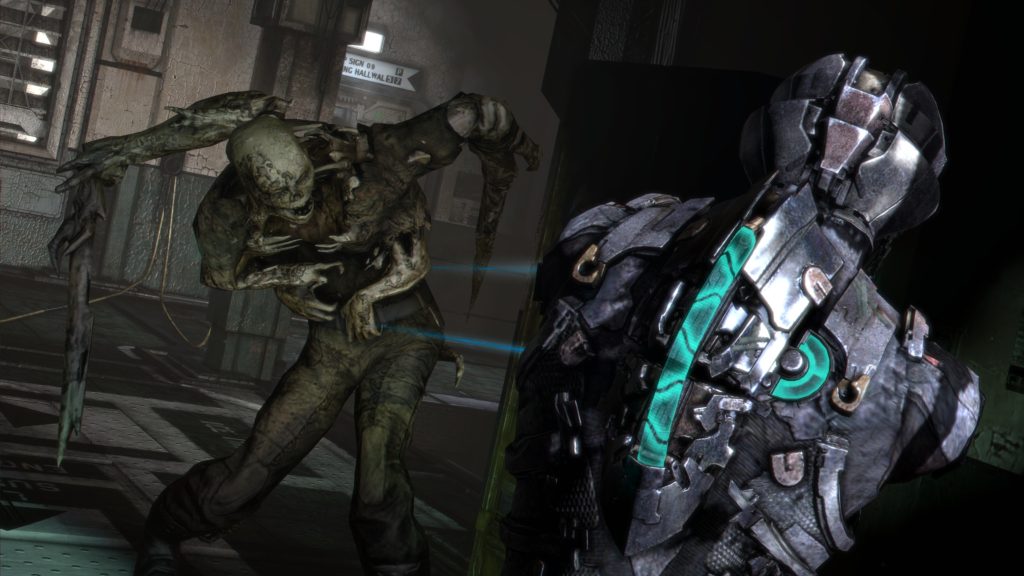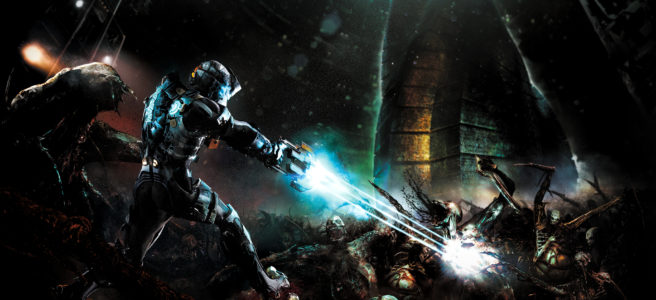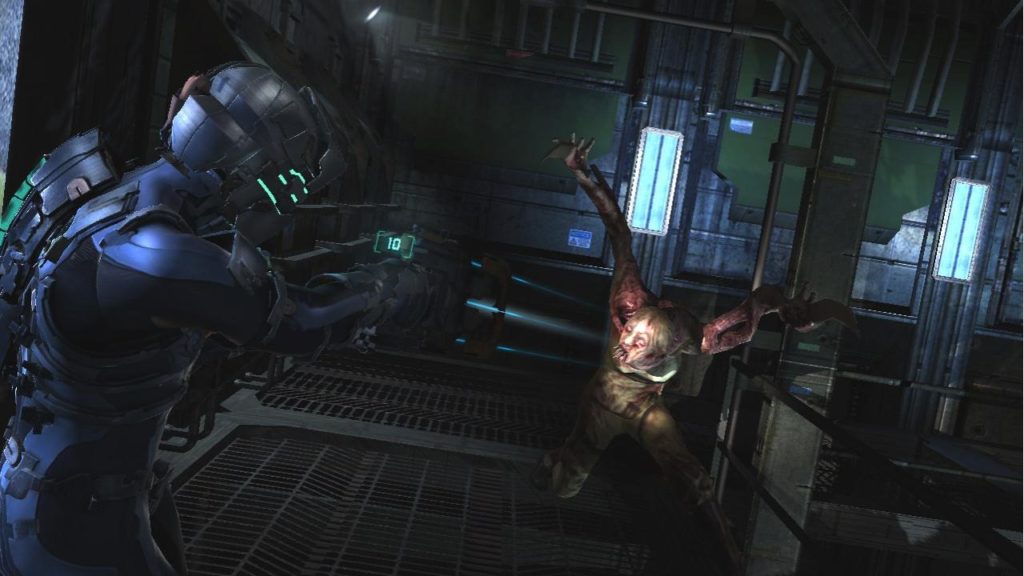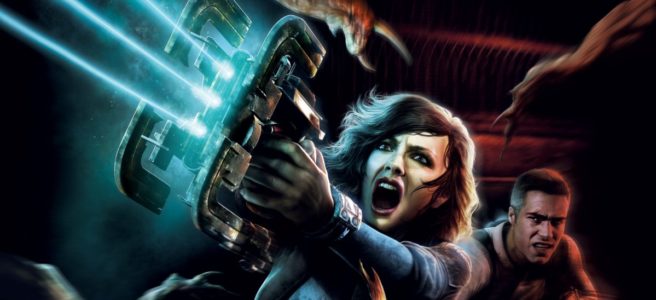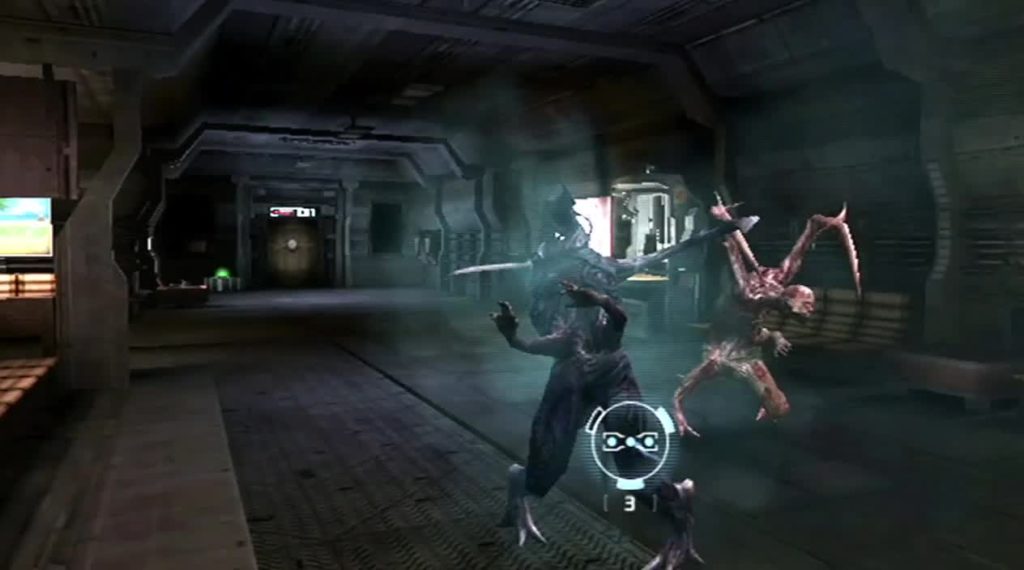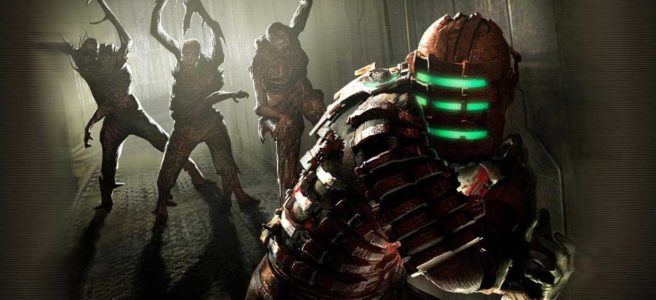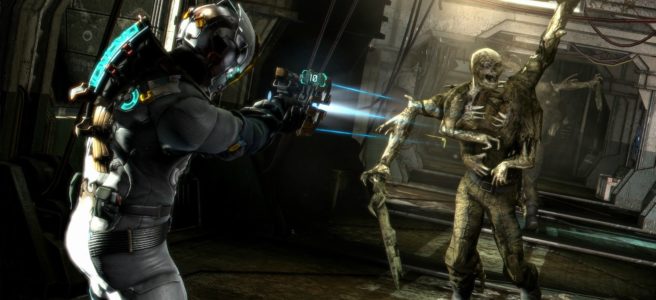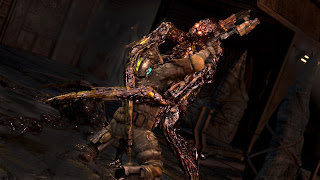So, since I went through my top 100 games of all-time, I thought it might be interesting to flip the script and see what my least-favourite games ever were! Important note: I’m only covering twenty-five games on this list. Put simply, it’s a lot harder to get through bad video games as opposed to other forms of media: you either know the sorts of games you’re into, or you are so put-off by a game that you drop it immediately before you can make any impressions. As a result, I don’t have a lot of games played that are truly awful (even the first few entries on the list aren’t all that bad). And, again, these are all very subjective opinions and are based on the games I personally have played. Got it? Let’s get into it.
25. The Simpsons: Road Rage (2001, PS2)

The Simpsons do not have a good track record with video games. There are a few gems, but Road Rage is not one of them. It’s literally Crazy Taxi, but with a Simpsons skin over it. As you might expect, the entire premise is extremely thin: pickup passengers, drive them to their destination as fast as possible, get money based on how quickly you get there. The one thing that makes Road Rage sort of worth it is the quippy writing, which should give you a few laughs. However, there’s not a whole lot to do here and you’re going to hear the same lines over and over again, so it’s an experience that is going to grow dull pretty fast.
24. The Incredibles (2004, PS2)
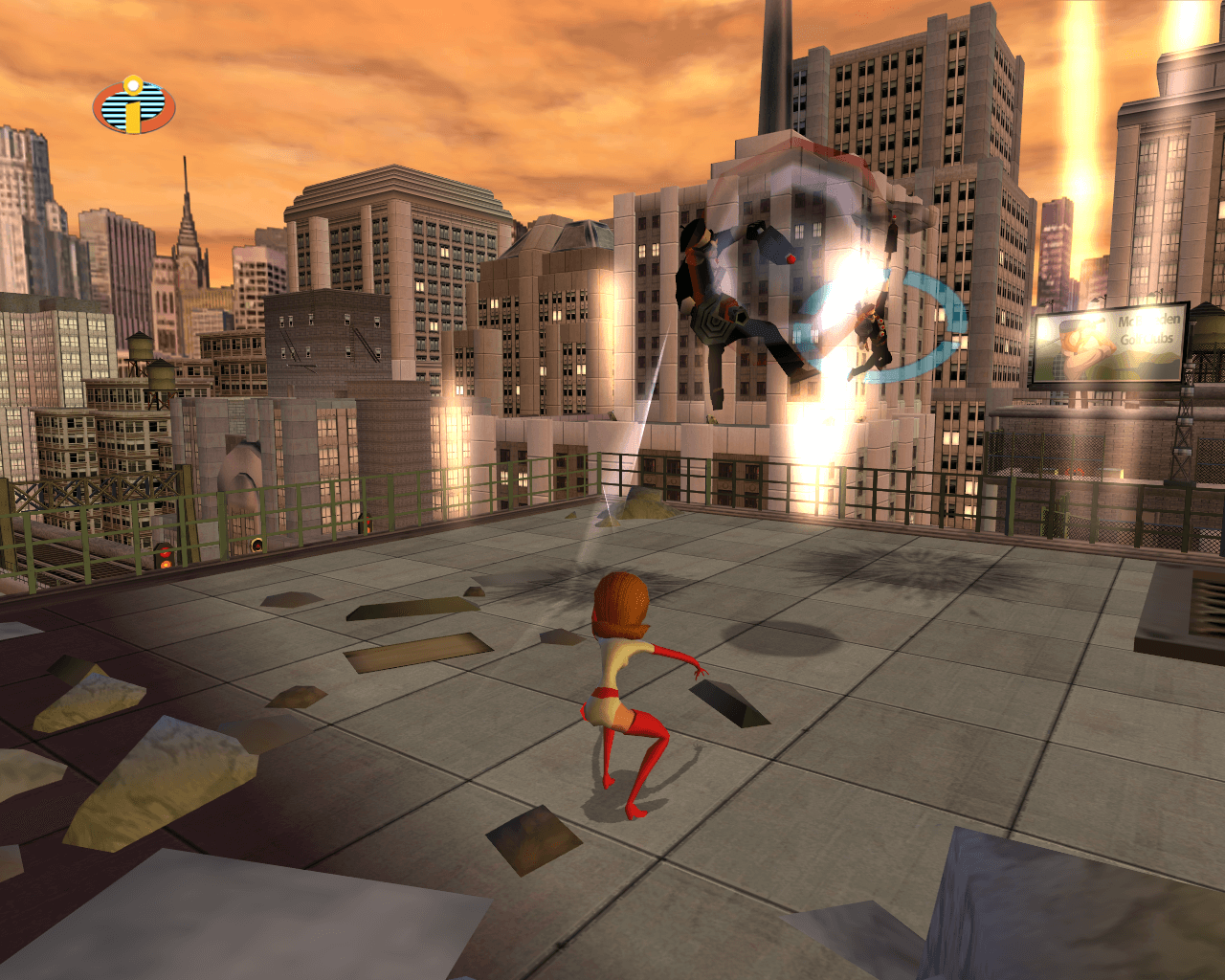
If you grew up in the PS1 and PS2 era, you probably went through a “licensed games” phase where you were too young to realize that these games sucked. I used to play through anything back then, having not developed any standards of what proper game design was like yet. The Incredibles is the first game where I can remember myself getting close to the end, getting killed over and over by the bullshit controls and balancing, and just deciding “I’m done, this game isn’t worth it.” It’s a very simple, but poorly balanced beat ’em up. Not a game I truly hate, but one that I can’t say I ever actually enjoyed myself playing.
23. Dead Space 3 (2013, PS3)

Okay, maybe I’m being a bit harsh here, but I really do hate Dead Space 3. It killed off one of my favourite franchises, and shit all over its story and gameplay on the way out. If you think I’m just being harsh, then feel free to ignore this entry and put Turning Point: Fall of Liberty on the list… I really couldn’t justify it myself though. Turning Point left me feeling indifferent. Dead Space 3 fills me with disappointment and anger which invalidate any of its positives. As I said in my Love/Hate analysis of the game, it’s a fundamentally compromised experience, one that is worse than its predecessors in every way, and not even good compared to Uncharted and Gears of War, which it’s trying so hard to be like. Perhaps it’s for the best that Dead Space died here, I’d hate to see what would have happened if they paraded its corpse out for a fourth entry.
Oh, by the way: the remake pisses me off too. EA shuts down Visceral and then gets a new studio involved and parades Visceral’s work out when there’s greater profit potential? Fuck you, EA.
22. Tom Clancy’s Ghost Recon Advanced Warfighter (2006, PS2)

This one makes it onto the list for a very specific reason. Back when Ghost Recon Advanced Warfighter came out, the gaming magazines were singing its praises, calling it the best shooter on the market and a must-play. As a fan of the genre, with that kind of endorsement, I knew I had to check it out. I bought a copy for my PS2, fired it up… and I was bored shitless. The gunplay was so mediocre, the squad controls were a lot less in-depth than I had been led to believe, and there was no cover system… What were the game journalists thinking…? It’s like they were playing a completely different game.
Well… turns out that they were. At the time of the Xbox 360 and PS3’s release, Ubisoft had a fucking scummy policy where they would release completely different versions of games on last gen consoles. The differences between the current gen versions (which got all the coverage and accolades) and the last-gen versions were barely communicated, so I (and many others) got duped with low-effort junk after being told it was gold. The fact that the next-gen version was so good makes it sting even more, I am so annoyed that I got hyped up for this experience and then bought the “wrong” game.
21. Friday the 13th: The Game (2017, PS4)
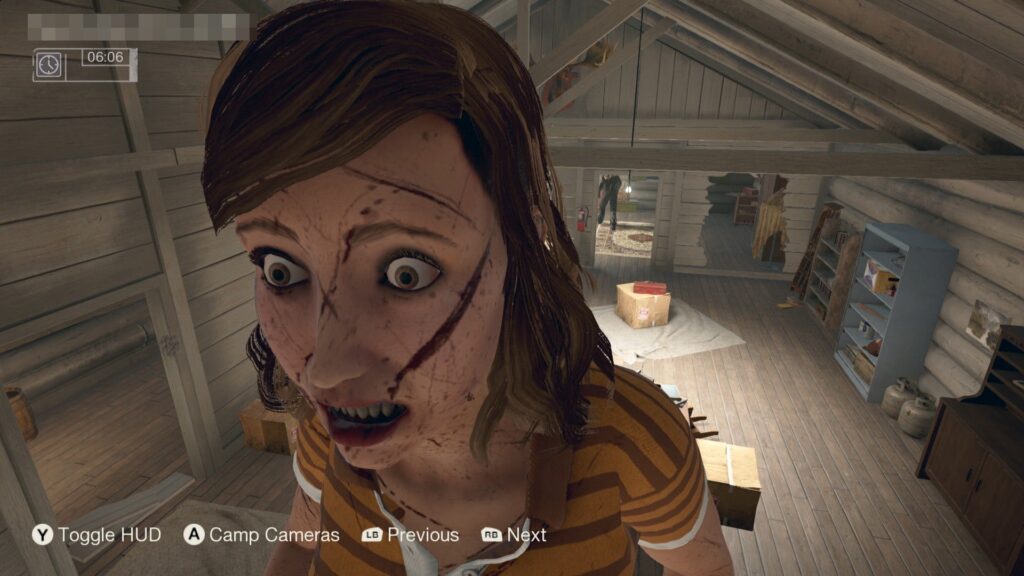
I actually Kickstarted this game back in the day and, while I didn’t have particularly high hopes, I figured it would at least be interesting. Little did I know that Friday the 13th: The Game would play out pretty similarly to the movies themselves: pretty bad in its own right, but made all the worse due to legal battles over the rights. Friday the 13th was one of the earliest asymmetrical multiplayer horror games: one player plays as Jason against a group of survivors, who need to complete objectives and survive in order to win. While the core of the experience was kind of fun (whether that be sneaking around to find a way to escape the campground, or hacking up teens with a machete), the game was buggy beyond belief. It felt awful to play: the controls were janky, the graphics and animations were very poor (it would have looked dated even on last gen consoles), and the netcode was pretty bad. It was unique enough an experience that I did forgive a lot of this for a while, but I was never under any illusions about how badly made the game was.
That was all bad enough on its own, but what really sank Friday the 13th was that the franchise became embroiled in a rights legal battle, halting any further development of the game for years. There were more game modes, characters, and cosmetics planned, but they never got the chance to implement them, and the game basically withered away on the vine. As we have seen with Dead By Daylight, there was definitely a market for this kind of game, but it’s sad to see that Friday the 13th didn’t really get a fair shake to carve out a proper place for itself.
20. Resident Evil 6 (2017, PS4)

Resident Evil 6 is an exhausting game. There’s just too much stuffed into this bloated mess of a game. In trying to appeal to everyone, it leaves nobody satisfied. There’s so much here that much of it isn’t given enough attention, leaving half-baked mechanics and level designs. Of the four campaigns, the only one that I kind of liked was Jake & Sherry’s. However, I’ve heard just as many players say that Chris or Leon’s campaign were the only one they liked, so you can see how polarizing this campaign structure is. The four campaign structure also screws over the plot (which is easily the dumbest and most over-the-top in franchise history). Then spread this out over a twenty hour playthrough, and you can see why Resident Evil 6 just generates exhaustion even thinking about it.
19. Twisted Metal 4 (2017, PS4)
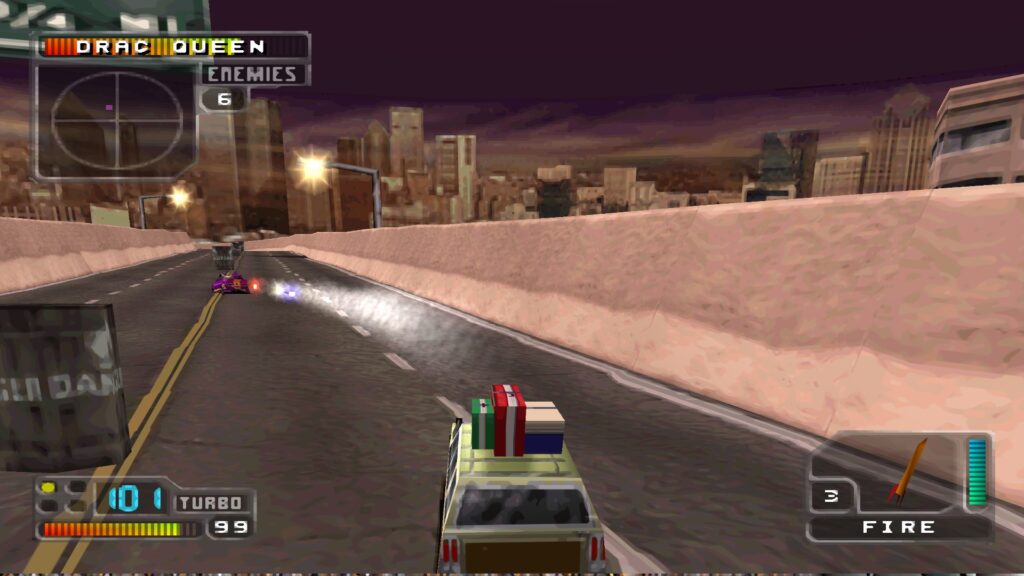
I loved Twisted Metal as a kid. We had a PS1 demo disc with Twisted Metal 2 on it and my brothers and I would play split screen matches against each other in that demo, it was awesome. Unfortunately, after Twisted Metal 2, the original developers moved onto other projects and the franchise was handed over to 989 Studios. Twisted Metal 3 and 4 are both pretty notorious for how badly they screwed up the franchise’s tone. For my part, I think 4 is worse (hence why it made the list): Twisted Metal 3 feels like the previous games, just… significantly dumber. Twisted Metal 4, on the other hand, turns the franchise into a cartoonish joke. Sweet Tooth pulls off a coup and takes control of the contest, which could be a really cool concept. Unfortunately, they’ve also interpreted Sweet Tooth by putting more emphasis on the clown part, so all of his scenes have him juggling in a circus while surrounded by goofy clowns… it’s something, alright. That’s not even taking into account the actual game itself. The cars look like toys and control like ass. The only cool things are that you can create a custom car (with, like, a grand total of nine options to pick from) and Calypso enters the contest with a goddamn nuclear rocket truck (which is dumb because it makes him by far the coolest driver in the game, why the hell would you play anyone else?).
18. Star Wars: Episode I – Jedi Power Battles (2000, PS1)
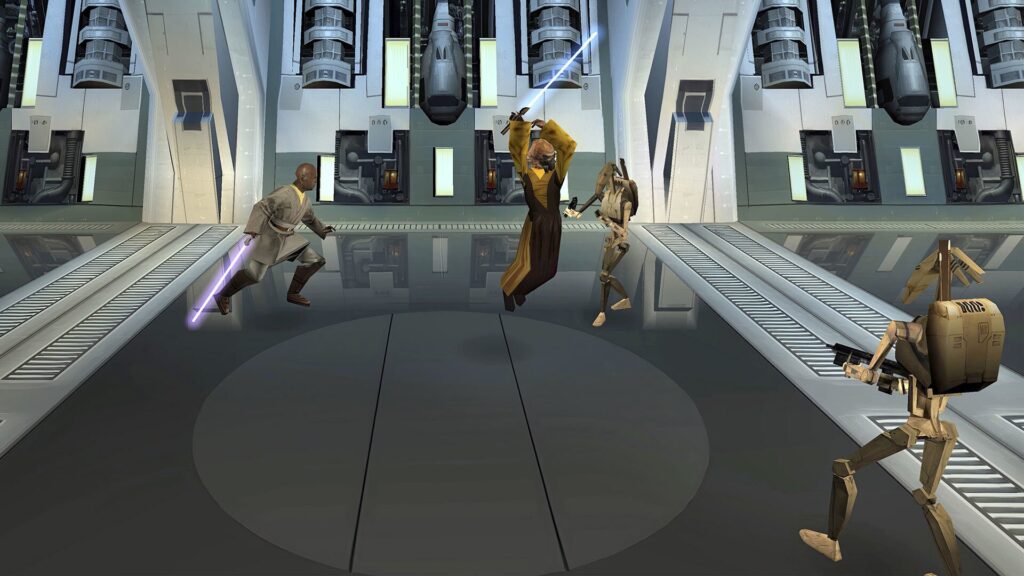
You really had to be there for Star Wars: Episode I. Lucasfilm were milking the shit out of it, licensing Star Wars all over the place. The film had 5 video game tie-ins just in that first year (which isn’t even counting all the handheld ports those games got). One of these was Jedi Power Battles. My brothers and I enjoyed it as kids, largely because it was the most “violent” game we were allowed to play at the time. I enjoyed the hack ‘n slash combat for the time, and the blaster deflection parry was really cool, but even back then we had one major complaint… See, Jedi Power Battles isn’t just a hack ‘n slash like it is advertised to be. Oh no, the game is also secretly a 3D platformer… and the absolute worst 3D platformer ever made, I may add. You spend an inordinate amount of time in this game jumping over bottomless pits to land on platforms. With this game’s slippery controls and isometric camera, it’s legitimately difficult to make some of these jumps. Making matters worse are that the game has some extremely precise jumps, to the point where there are jumps in the first goddamn level that you will not make unless you start jump after you’re already off of the platform. It’s fucking ridiculous, but it reaches a zenith during the Coruscant level. You spend 99% of this level jumping on platforms… oh, and it also happens to be the longest level of the entire game. You have a limited number of lives in this game: on more than one occasion, we had to restart the entire level, because we kept falling into bottomless pits over and over again.
By the way, this wasn’t just me being a scrub as a kid. I recently fired up Jedi Power Battles on my Retroid Pocket 4 Pro and, as soon as I got to the platforming sections, I just kept dying. It was flabbergasting how much they were asking of you and how badly it controlled. It’s too bad, the game is pretty fun when it’s actually being a hack ‘n slash, but the platforming is such an inordinate problem that it sinks the entire experience.
17. Cabela’s Big Game Hunter 6 (2002, PC)
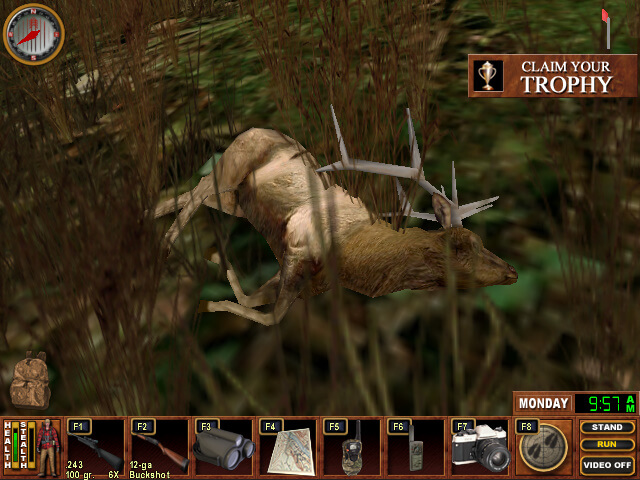
Cabela’s Big Game Hunter 6 is clearly a budget title. That is fine. You get a relatively large open world in which to go hunt animals (large enough that there’s an ATV you can drive), and there’s a pretty impressive number of real-life gear in the game that you can use. The problem is that the game is clearly trying to be a hunting simulation, and expects you to treat it like one: slowly, quietly sneaking up on your target to land the perfect shot.
Unfortunately, the illusion shatters as soon as you get bored. “Fuck these deer, I’ve got things to do,” you say and then you just start sprinting headlong at them. The game’s animal AI is too dumb to react appropriately to a screaming monkey with a gun blasting at them, and so they stand there dumbfounded as you close the distance with them in the blink of an eye. Then, when they do run, you’re supposed to track the blood and figure out where they went. Instead, you just sprint after them, continually blasting the poor deer in the ass with your Cabela’s-branded gun. I legitimately wish that they had put some mechanics in to prevent this from happening. A hunting sim could be pretty interesting as a unique, niche experience. However, if you have to force yourself not to play like a moron to actually get that unique experience, it kind of ruins the whole thing.
16. BloodRayne (2002, PS2)
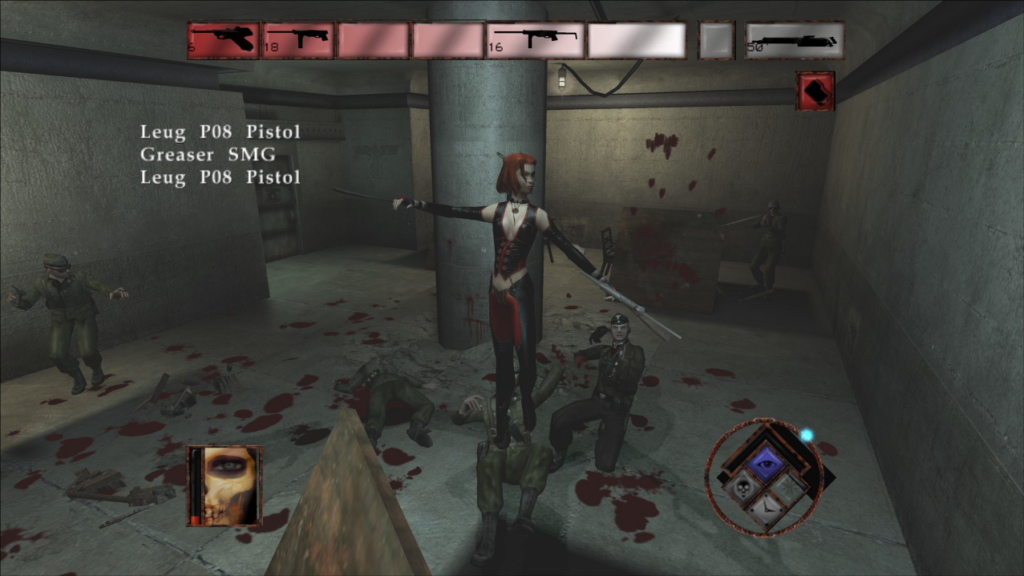
I had always been kind of interested in BloodRayne. I was nothing if not an edgelord when this game came out and I thought that her character design was cool. Given my love for shit movies, I had also seen two of the Uwe Boll adaptations (honestly… BloodRayne 2 ain’t bad). I recently decided to try out the games to see how good they were…
This game left me infuriated. The graphics are terrible (at least, they are in the PS2 version that I played). The art design makes the whole game unpleasant to look at. The voice acting is bad. The level design sucks more than our half-vampire heroine does, especially when the game turns into a finnicky platformer. The melee combat is just the worst though. In order to make a melee attack, you have to press L1 to attack. This would be awkward enough, but there’s absolutely no tracking or enemy lock-on and the attack animations lack impact, so you might as well by attacking with a wet noodle for all the damage it’s doing to the enemy. Add this all up, and melee combat feels like you’re flailing around in thin air all over the place. This gets so much worse later in the game when enemies that are immune to your ranged weapons are everywhere, forcing you to engage with this shitty melee system.
It’s wild how far a great character design can get you. This game was shit, but it still got multiple sequels, films, and a Playboy spread, all because the main character looks fucking cool. Actually playing the game though? I forced myself to get through, but the bright spots were few and far between.
15. Shrek 2 (2004, PS2)

My youngest brother was really into Shrek as a kid. Naturally, he was given the Shrek 2 game as a gift, and it was up to my brothers and I to join him for some co-op, isometric beat ’em up… fun? Yeah… surprise, surprise, Shrek 2‘s one of those shitty licensed video games. The beat ’em up gameplay is extremely simple and tired. For a game with a fixed, third person camera, you’d think that they’d be able to keep all the players and enemies on-screen, but somehow this game struggles to even do that consistently. There’s also just too much slow, dull platforming, often tied to specific characters’ abilities (meaning that everyone else just sits around and waits until the other player does their chores).
14. Resident Evil Survivor (2000, PS1)
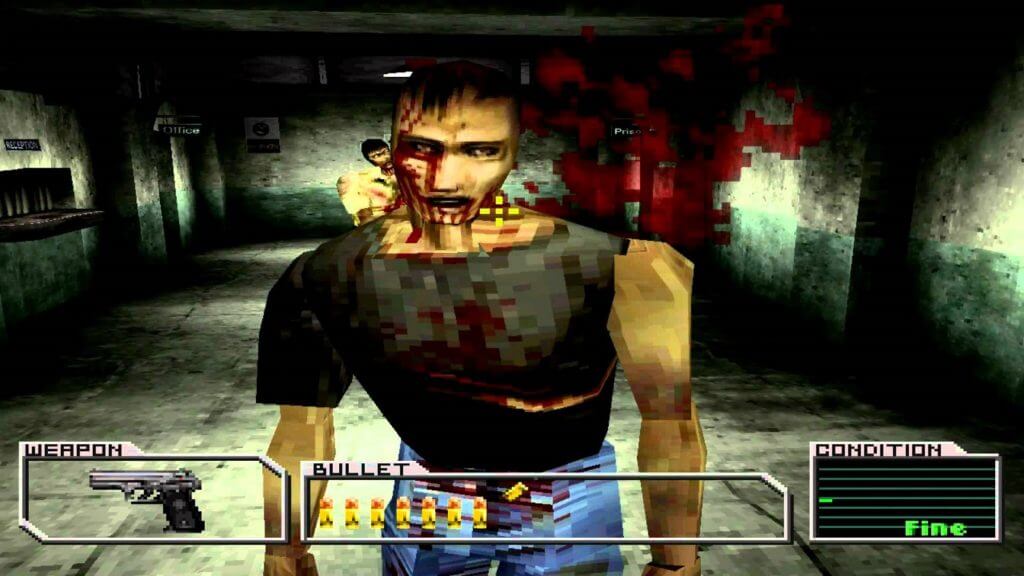
I hated Resident Evil Survivor when I first played it. Having played much worse Resident Evil games since (spoiler alert), my opinion has softened on it somewhat, mainly due to its ambitious branching pathways and its hilarious voice acting. However, that’s not to say that I’ve forgiven it. Survivor is still a shockingly bad game: terrible graphics, terrible gunplay, idiotic puzzles, and the lack of saves is fundamentally moronic, not to mention that it’s only like two hours long. Survivor is not this underrated, misunderstood hidden gem. It sucks. It has some cool ideas, but it fails to do them any justice. It just sucks.
13. Super Noah’s Ark 3D (1994, SNES)
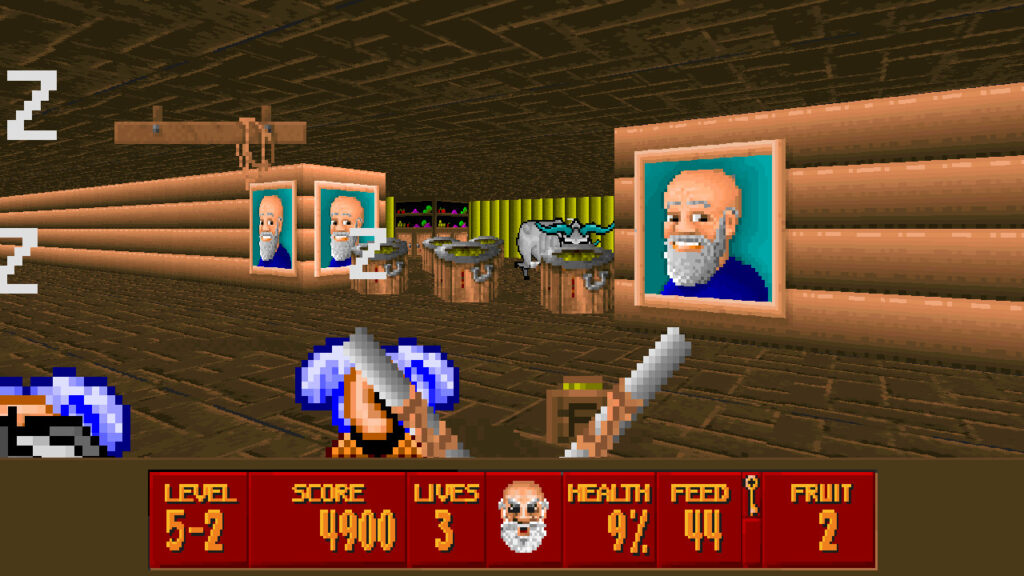
Yes, this is a real game. It’s literally running on the Doom engine. It also was unlicensed, meaning that video game retailers were not allowed to stock it. It’s also just laughable on its face: you’re playing as Noah, firing sleep-inducing food at animals (mostly goats; suspiciously, there are way more than two goats on this boat). You then do the “classic” Doom thing of hunting around a maze for keys… it sucks. Like, the joke was funny, but actually having to play it for any length of time is just not worth it.
Also, while writing this entry, I found out that Super Noah’s Ark 3D spawned from a failed attempt to make a Hellraiser game!?! It’s a wild story, you legitimately need to check it out.
12. Dead or Alive Paradise (2010, PSP)

I recently covered my problems with Dead or Alive Paradise here on IC2S, but put simply: it’s the most inessential Dead or Alive game of all-time. The DOA Xtreme gameplay is severely lacking in things to do. The hardware is ill-suited to provide the sex appeal this kind of game is supposed to deliver. Worst of all though, the gameplay changes have turned this already content-thin game into a grindy slog that is just not worth the effort it asks of you. If you have to play a DOA Xtreme game, then make it literally any other one.
11. I Am Alive (2012, PS3)

This game was one of my biggest video game disappointments. I remember back when I Am Alive was first being teased, it sounded really unique: a stealth-survival game where you play a normal guy trying to make his way through a destroyed city after some sort of disaster. Having the environment be the primary antagonist rather than combat encounters was really intriguing and I waited eagerly for more info on it… Well, I was waiting a long time, because it took about four years for this game to re-emerge with a release date. I heard from the reviews that it wasn’t very good, but I had waited so long for this game that I had to try it out anyway.
Just by playing I Am Alive, you can feel the developmental struggles it faced. Everything looks and feels janky. The game was also very buggy, straight-up crashing on me on multiple occasions on PS3. It got to the point where I just had to admit it: the reviewers were right, after all the struggles that went on during development, the devs weren’t able to make the game they had wanted to. It’s too bad, I still think that the concept of I Am Alive is great, which makes what we got sting all the more.
10. Resident Evil: Operation Raccoon City (2012, PS3)
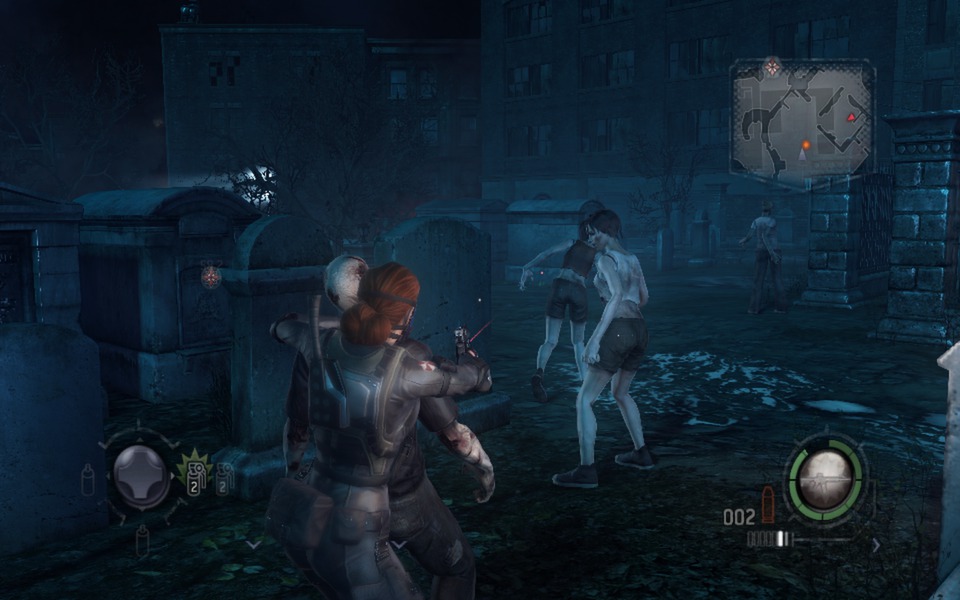
If playing your new Resident Evil game makes me start saying nice things about Resident Evil 6, then you know that you fucked up. Slant Six Games made multiple SOCOM games, so why is the shooting in this game so bad? Guns either do piddly damage, or they do a normal amount of damage, but run out of ammo extremely fast. Gunplay is also frustratingly inaccurate, and predictably dull. Most frustratingly, enemies are absolute bullet sponges, taking a ridiculous amount of ammo to take down. It takes me three whole clips from the strongest assault rifle to down one hunter, does that not seem excessive? Don’t even get me started on Tyrants or Nemesis, who ran through max ammo at least three times for my weapon before he went down. It is just so badly designed that it is not fun to play in the slightest.
9. The Lord of the Rings: Conquest (2009, PS3)
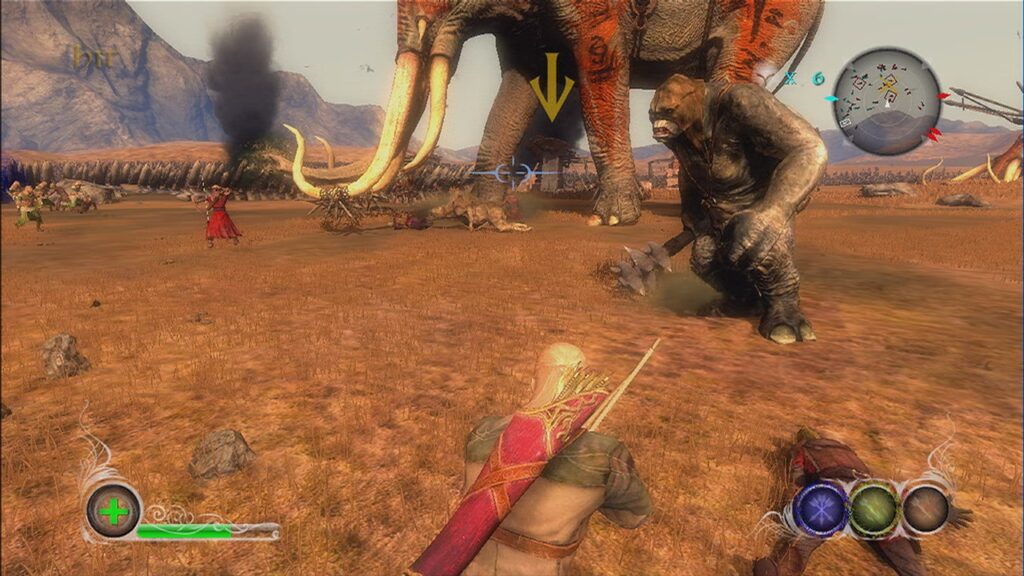
Oh man, every time I think about my biggest gaming disappointments, I go back to this game. As you saw on my top one hundred games of all-time list, I loved the original Star Wars: Battlefront games. At the time, the only thing I loved more than Star Wars was The Lord of the Rings, so naturally I thought that The Lord of the Rings: Battlefront would be an awesome idea. Lo and behold, a couple years later they announced that this idea was actually going to happen, and that the original developers of Battlefront, Pandemic Studios, were going to be the ones to make it. This was incredible news, as Pandemic were renowned for making good games, so there was pretty much no way this could get screwed up. At this point in time, I was usually reading reviews before buying new games, but this game was such a slam-dunk that I ignored the nagging doubts and paid sixty dollars up-front for it.
So… turns out that I overlooked a key difference between Star Wars and The Lord of the Rings in video games: Star Wars: Battlefront is pretty easy to pull off as a large-scale shooter. Conquest, on the other hand, is mostly melee-based, with archers and mages there to provide some ranged attacks, while being annoying as fuck. Melee combat was not implemented well, making the entire core gameplay a slog. The game was also far buggier and unpolished than Battlefront, making it feel very last-gen. Not even the alternate history campaign, where you play as Sauron clubbing hobbits to death, was interesting enough to warrant a look. This game absolutely broke my faith in the games industry, and I am extremely judicious about buying games after doing some research about them now.
8. Godzilla (1990, GB)
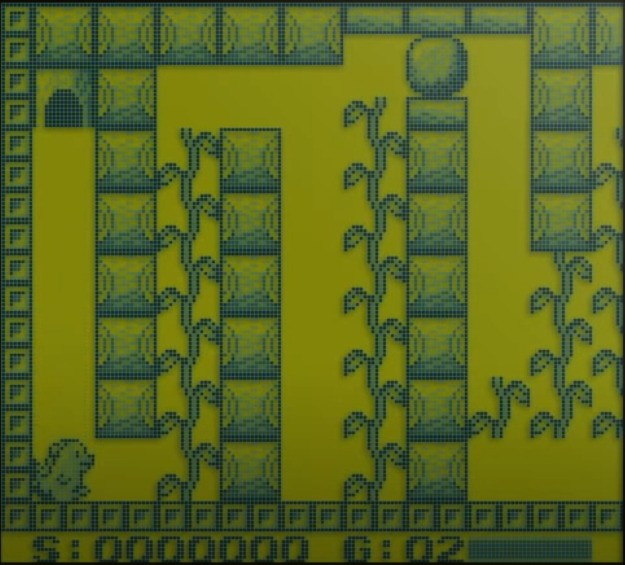
If you buy a Godzilla video game, you have some pretty basic expectations for what that is going to entail: either something like Rampage where you smash a city, or a fighting game where you beat the shit out of other kaiju, like Primal Rage. What you do not expect is a cartoony puzzle game where you climb vines, push a bunch of rocks around a maze so that you can smash all of them against another solid object, while occasionally swatting away other cartoony kaiju that wander too close. Oh, and if you take too long, King Ghidorah shows up and will instantly kill you. This is a baffling game on so many levels, I am not sure what the hell they were thinking. Surely the Godzilla license was just slapped onto some random video game to make it sell more? This was such a weird game, it was one of the first games I had for our Gameboy (which my brothers and I traded some other kid at school for), and I distinctly remember playing it and getting to a point where I had to question what I was doing with my life.
7. Bible Adventures (1991, NES)

Oh look, another Wisdom Tree game! Growing up in an evangelical household which was pretty strict about the sorts of games were were allowed to play, I actually had a copy of this game back in the day. The game plays a lot like Super Mario Bros. 2, acting as a 2D side-scroller where you pickup objects and avoid enemies. The game consists of three parts, the first of which is Noah’s Ark, which tasks you with grabbing animals and bringing them back to the ark. This game is full of frustration due to the shit controls and how easy it is to get damaged, causing all the animals to get scattered and run off, forcing you to chase them back down. It’s mired in frustration, and that’s the best game in the collection. Baby Moses tasks you with babysitting the titular Moses, with controls which are just as bad and gameplay just as frustrating as in Noah’s Ark. While you will accidentally cause Moses to get killed over and over, you can choose to chuck him in the river if you want to, inadvertently making it one of the few games where you can straight-up murder a baby (Grant Theft Auto would never). Then there’s David and Goliath, which just fucking sucks.
6. Revolution X (1994, Arcade)
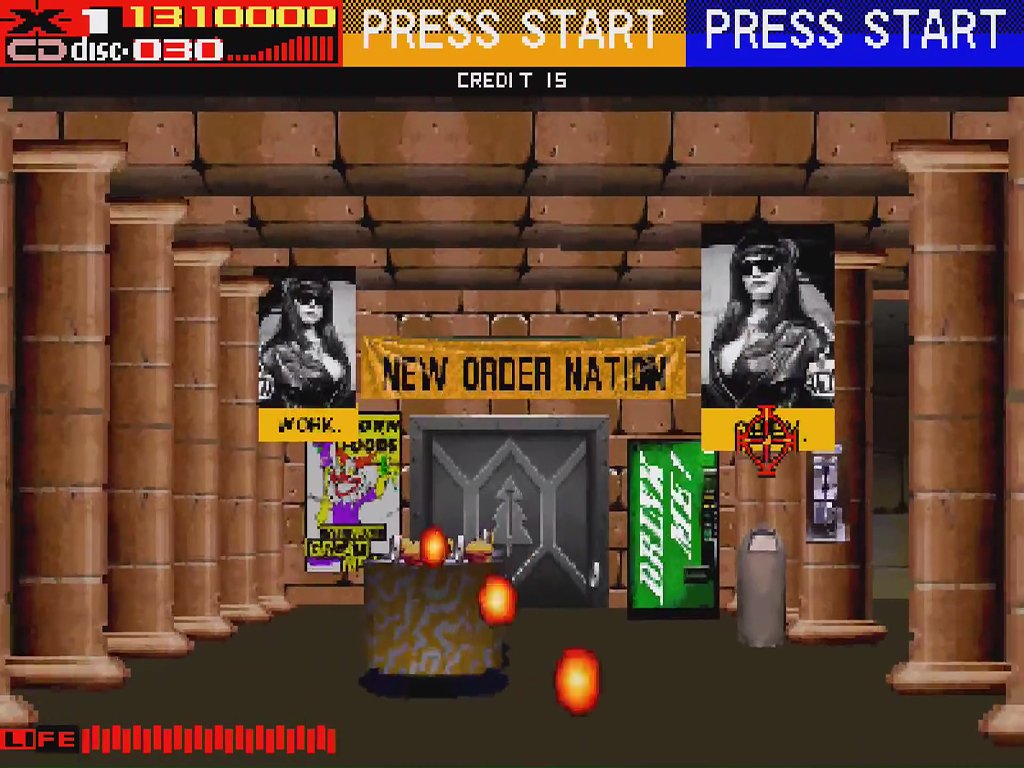
Revolution X has to be the cringiest game ever made. It’s an arcade light gun shooter, and in that regard it’s pretty bog-standard. What makes the game so bad though is that it takes place in a world where the New World Order has taken over and hate youth culture, so they ban music, movies, and games. The only way to fight back is through the power or rock ‘n roll! And, to make things even more cynical, it features the likenesses and music of Aerosmith. Yeah, this game is basically wearing the corpse of revolution in order to advertise for a rock band which sold-out decades earlier. While the game itself plays… fine, I guess, the entire premise is so lame that it ruins anything it might have been going for. The sort of game you only play for a joke or if there’s literally nothing else available.
5. Dead or Alive Xtreme: Venus Vacation (2017, PC)

Writing the Love/Hate entry for this game literally made me angry. This game represents everything that I hate about the modern gaming industry (games designed to be addictive and predatory rather than fun), but it is so much worse due to how this game has supplanted the mainline Dead or Alive fighting games in Tecmo-Koei’s eyes. Worst of all? The predatory shit works. I hate the game and I have not picked it up since I finished the article, but goddamn if I do not see it in my Steam library and get that compulsion: “Oh, I am missing out on using some of my limited energy points for the day, it will only take a few minutes to use them all…” And, for what? To unlock some more worthless swimsuits in hopes of getting a low drop-rate swimsuit that doesn’t even look good? Nah, fuck this shitty fucking game.
4. The Simpsons Wrestling (2001, PS1)

The Simpsons Wrestling was a game I rented for a laugh back in the day. I was aware of its reputation, but I was a dumb kid and didn’t think it would be that bad. Hoo boy, was I wrong. For one thing, the game is wildly unbalanced, making the main Simpsons family get outshone in their own game by fucking Bumblebee Man of all characters. On top of that, Ned Flanders is apparently considered to be one of the most broken fighting game characters of all-time (although at least in his case I can understand it, stupid, sexy Flanders…). The controls feel like ass; you’re flailing around for the entire fight. The graphics and camera are awful, even by PS1 standards (the fact that this released late in the PS1 lifecycle makes this even more egregious, but it would have no better in 1995). The only nice thing I can say is that at least I didn’t buy the damn game myself, which is more than I can say for most of the games on this list.
3. NPPL Championship Paintball 2009 (2009, PS3)
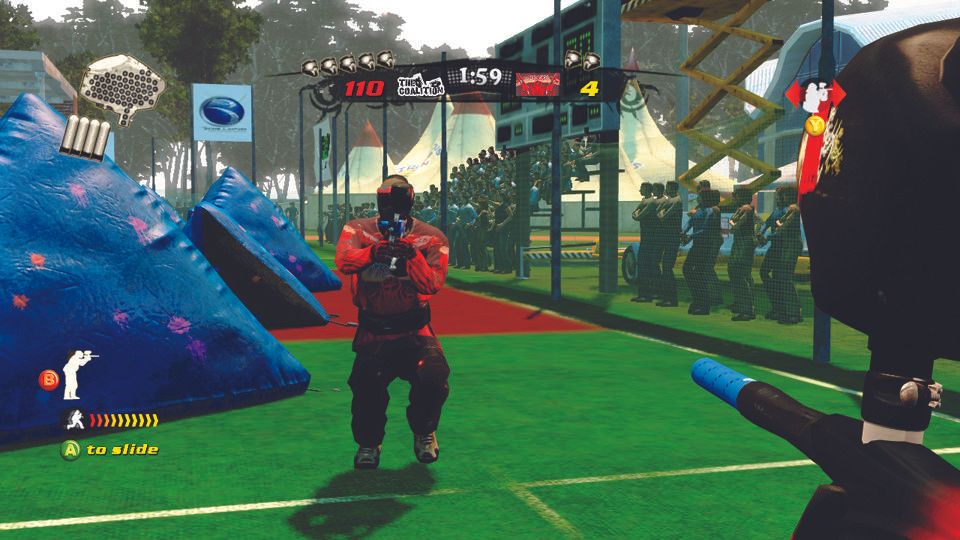
Around the time I played this game, my brothers and I were really into paintball. We would take part in large-scale mil-sim events with hundreds of people on each side blasting away at each other. One of my brothers was also on a speedball team, so I was also fairly familiar with the more competitive side of the sport. NPPL Championship Paintball 2009 is based around the competitive speedball side of things, but it ultimately just seems kind of pointless. Paintball is cool, because it lets you simulate video game-like combat scenarios in real life (without having to worry about serious injury, death, or police response). However, when you turn this back around and translate paintball into a video game, it just doesn’t make a lot of sense, especially when the translation is incredibly janky, cheap, and broken. Much like Cabela’s Big Game Hunter 6, the enemy AI is only programmed to deal with you playing the “right” way: if you just charge straight down the middle and shoot everyone you come across, you’ll end every match consistently in less than ten seconds, breaking the entire experience. I promise you, if you tried this in real-life paintball, you would be downed immediately, but here the enemy AI is so bad that they do not know how to deal with it. At that point, just play a competitive shooter, you’ll have a way better time.
2. Resident Evil Survivor 2 – CODE: Veronica (2001, PS2)
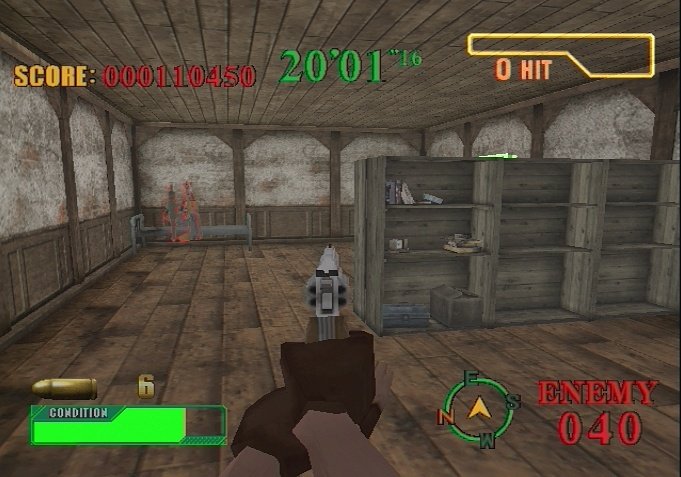
Resident Evil Survivor 2 left me shocked at how bad it was. I wasn’t expecting much after slogging through its predecessor, but Survivor 2 makes that game look like a masterpiece. It’s the cheapest, laziest game imaginable, made up of 99.9% reused assets. I mentioned this in my Love/Hate entry, but I really need to reiterate that this is a shooter whose maps and assets are literally ripped right from a survival-horror game. They’re completely different genres, so these maps make no sense for a run ‘n gun experience, and the graphics look really bad, because they weren’t supposed to be seen up close. Hell, even the “new” stuff in this game is just assets ripped from the Dreamcast ports of Resident Evil 2 and 3 (and you can tell, because they look worse than the CODE: Veronica assets). Add in that somehow this game is even shorter than its predecessor, and this isn’t even a dumpster fire: it’s just a travesty.
1. Umbrella Corps (2015, PS4)

Umbrella Corps is the worst game I’ve ever played, in part because it should know better. This game came out at the end of Capcom’s half-decade of bed-shitting, with one final shart as they tried, once again, to make Resident Evil into Call of Duty. The game has aspirations of being a highly-competitive, esports shooter, but it just plays like ass. The UI is cluttered to hell, with all sorts of messages and redundant notifications telling you that you can move into cover or do a melee attack, which make it hard to actually see what’s happening on-screen. Of course, this part of the game was dead within a week or two of release, and at this point, Umbrella Corps as it has existed for most of its awful life is an over-glorified series of spec ops missions chores. These missions are tedious, dull, and infuriating – easy to cheese, but if you do, they take forever to complete, so you risk losing just to not have to play this game anymore. I bought this game on sale for six dollars, and I still feel like I got ripped off. I don’t understand how a major publisher releases a game like Umbrella Corps in 2015. We had long figured out shooters by this point, which just makes it so much more egregious than anything else on this list.
If you liked this article…
I hate ads. You hate ads. In order to stop polluting my site with obtrusive and annoying ads, I’ve elected to turn them off on IC2S. That said, writing still takes time and effort. If you enjoyed what you read here today and want to give a token of appreciation, I’ve set up a tip jar. Feel free to donate if you feel compelled to and I hope you enjoyed the article! 🙂
